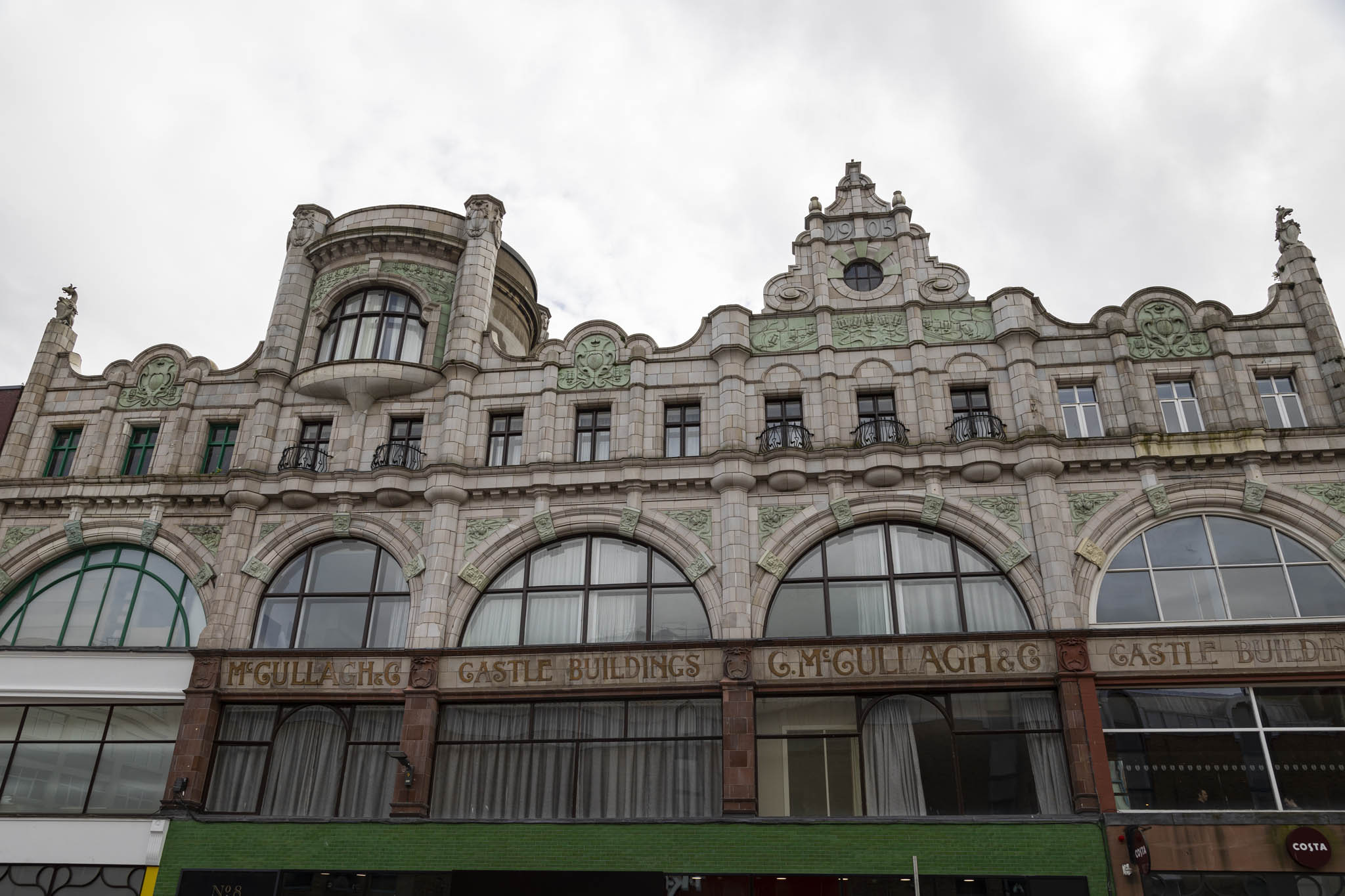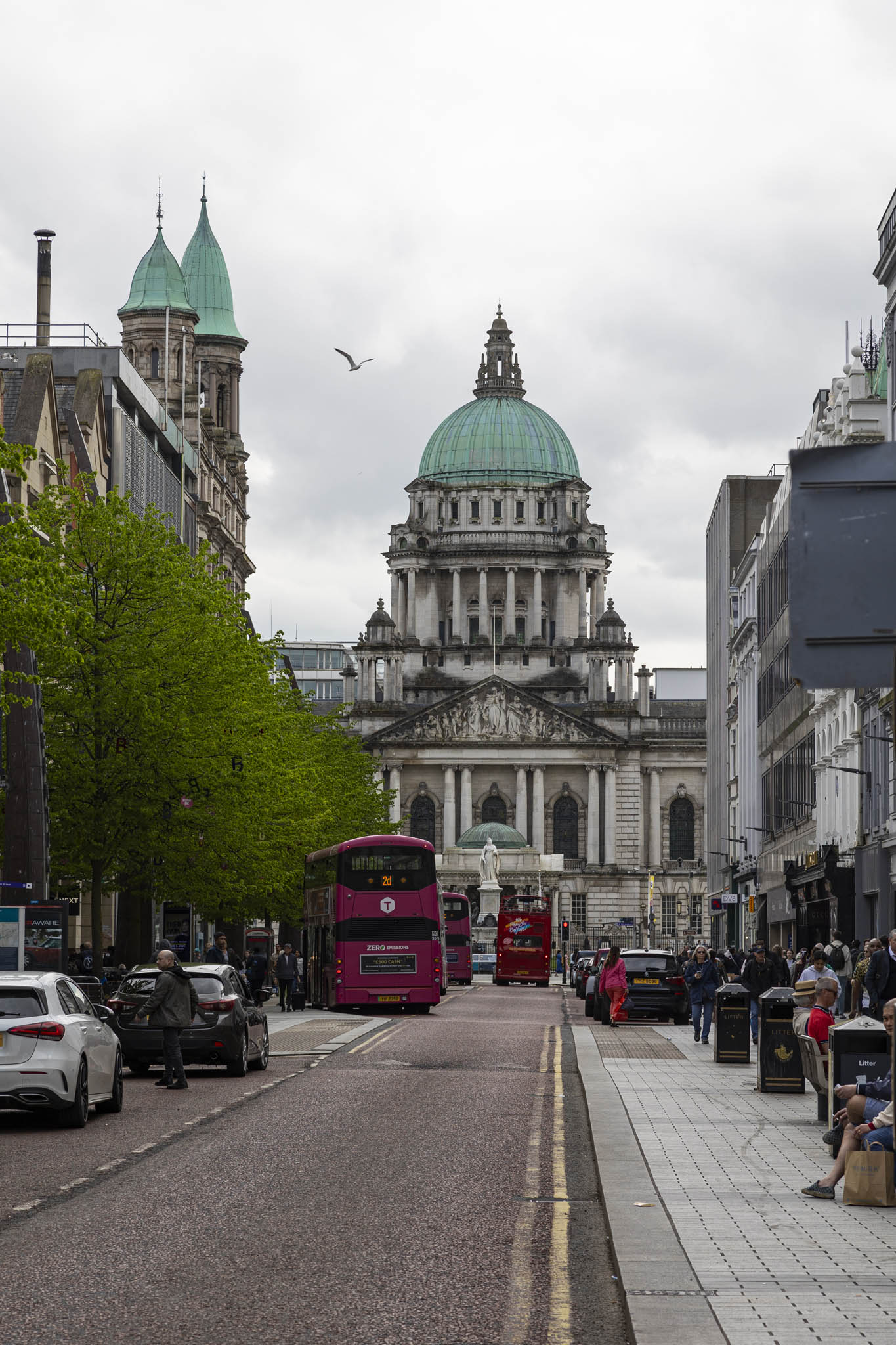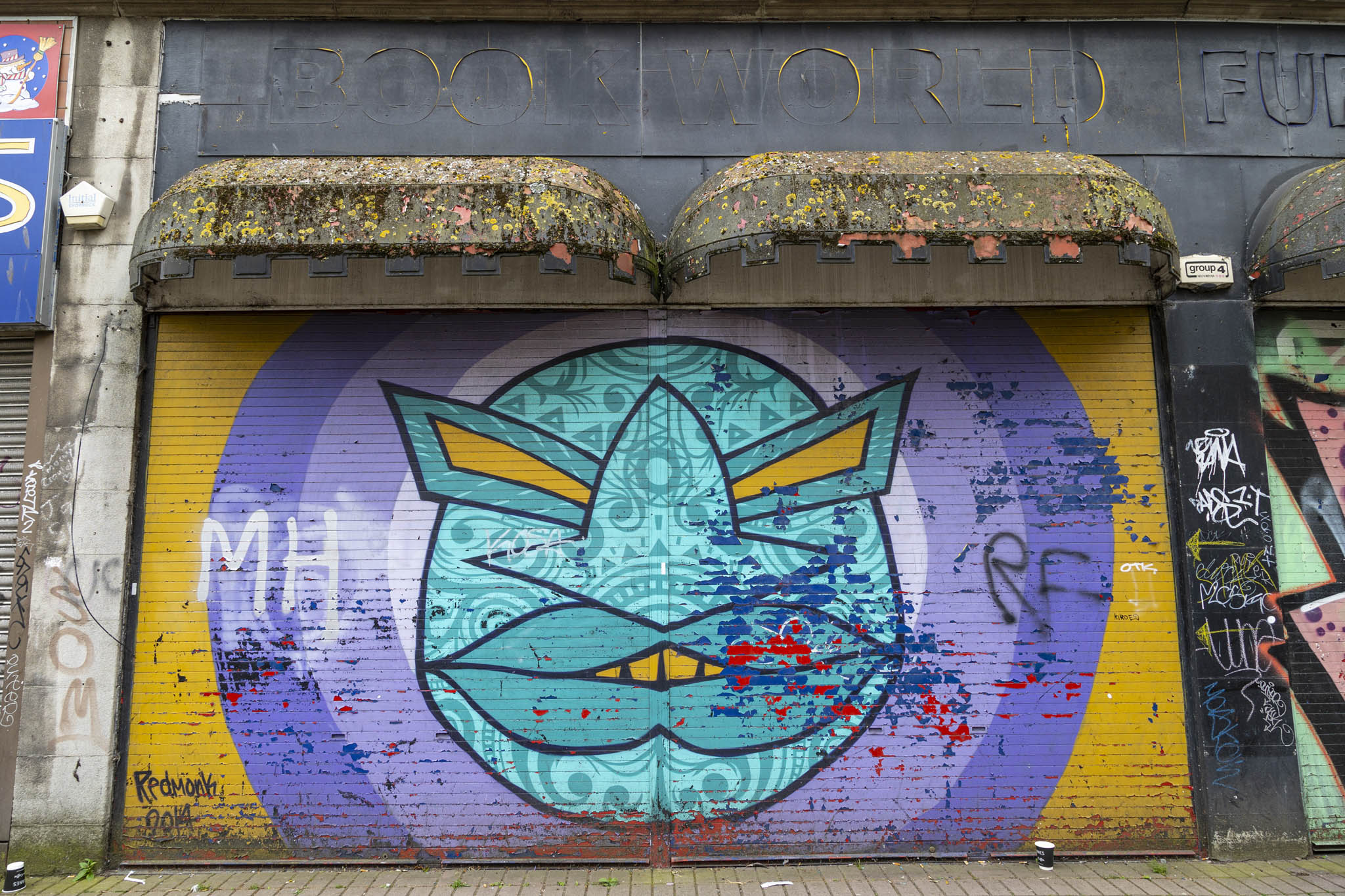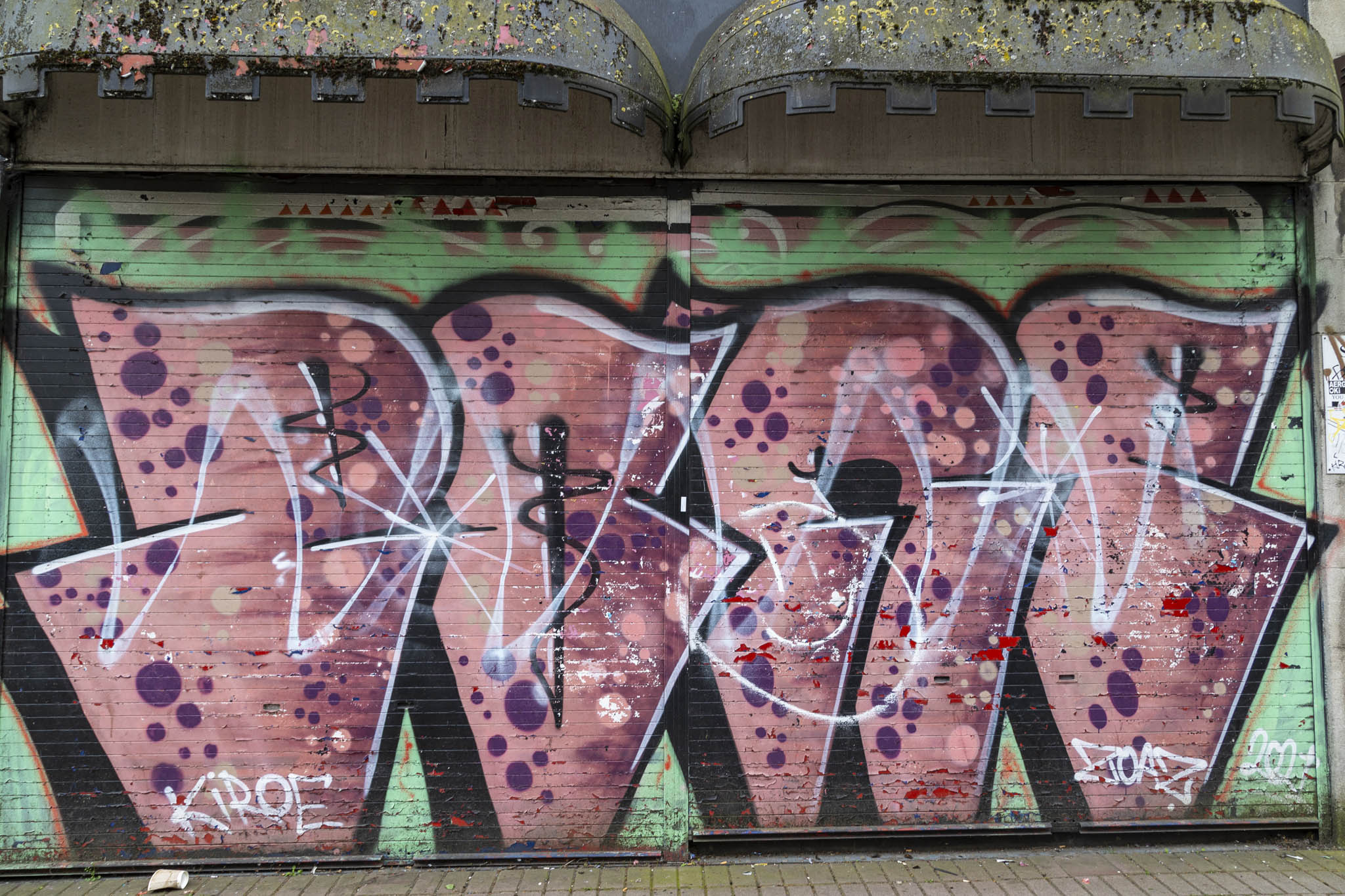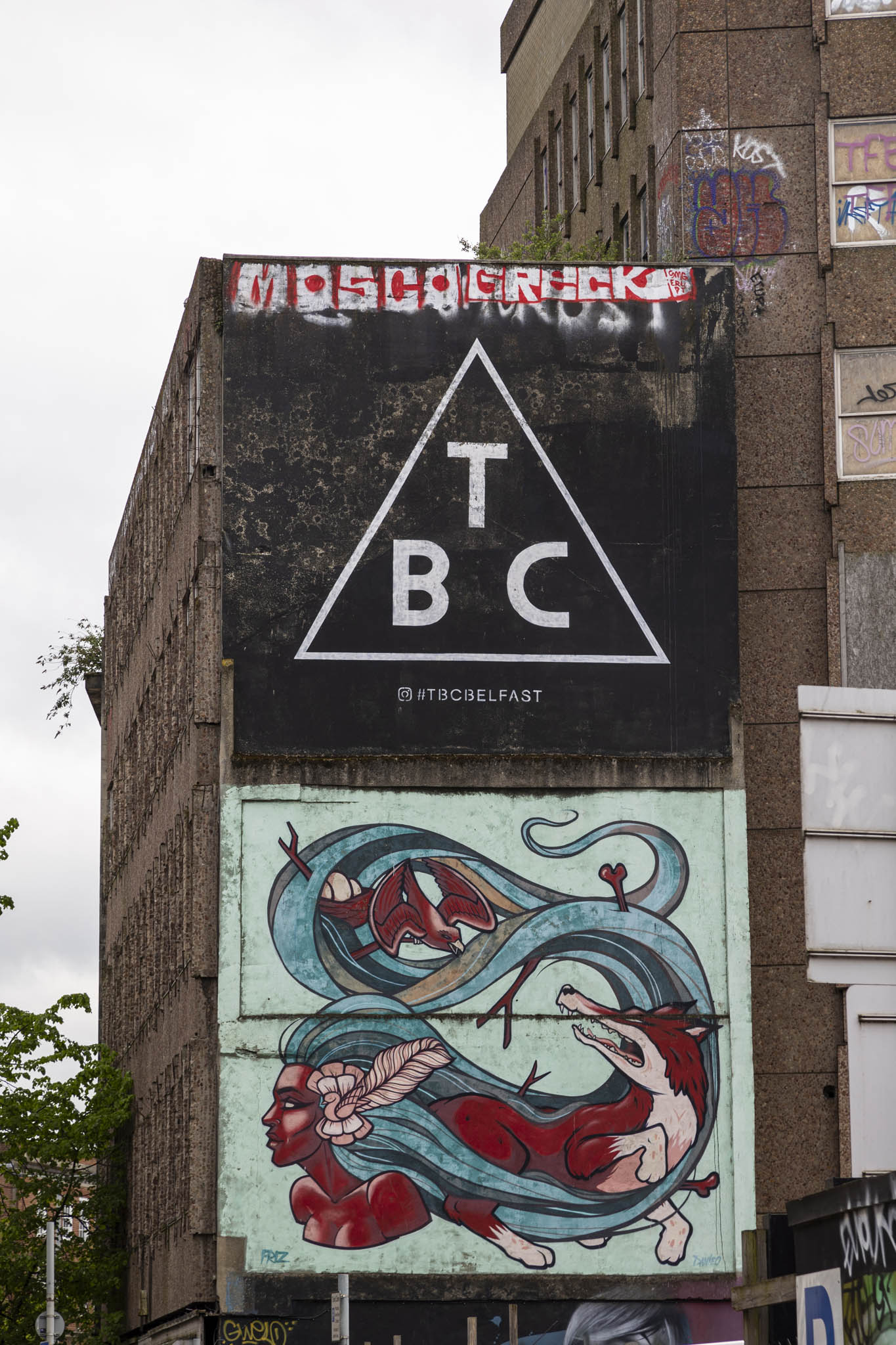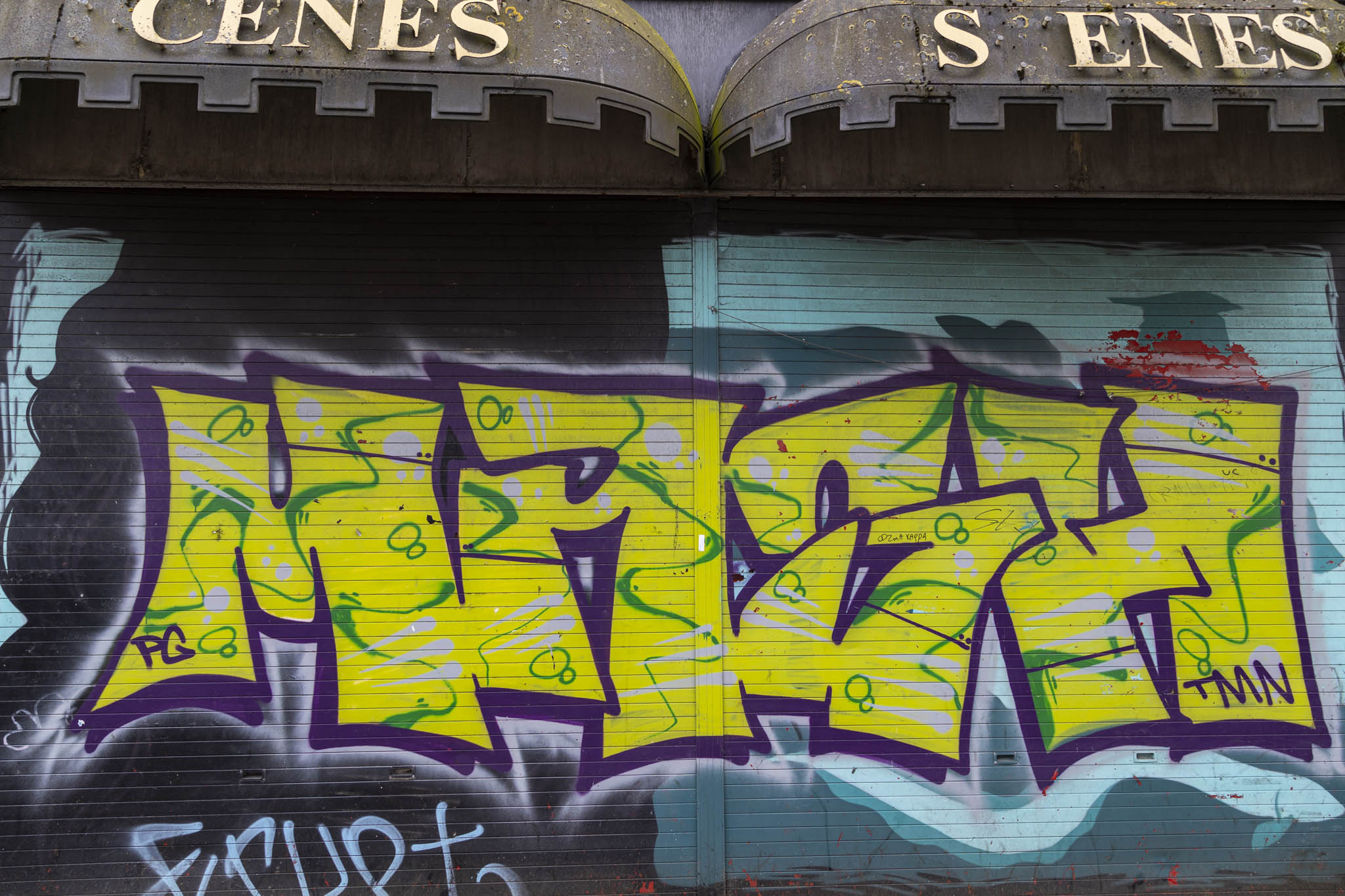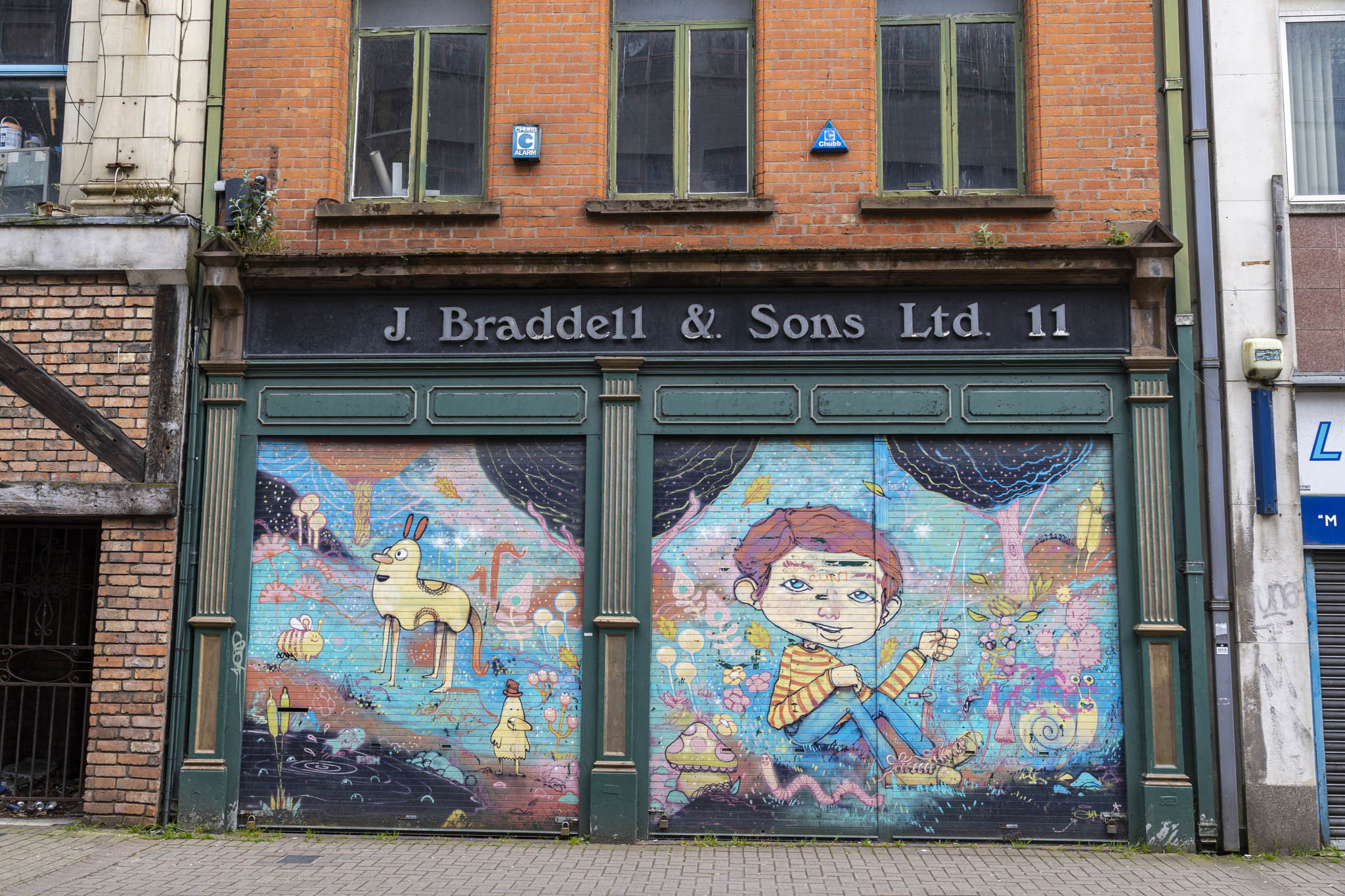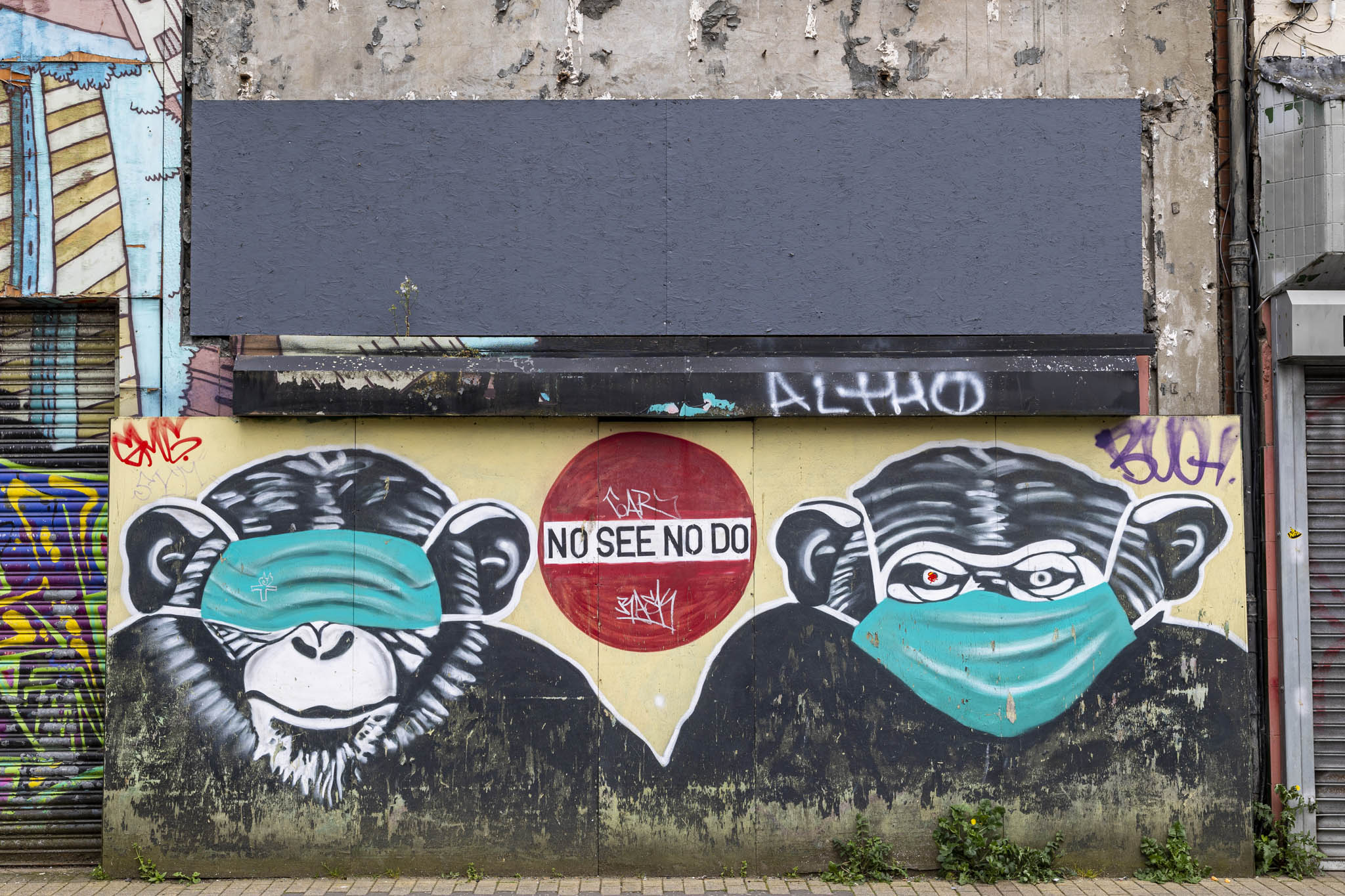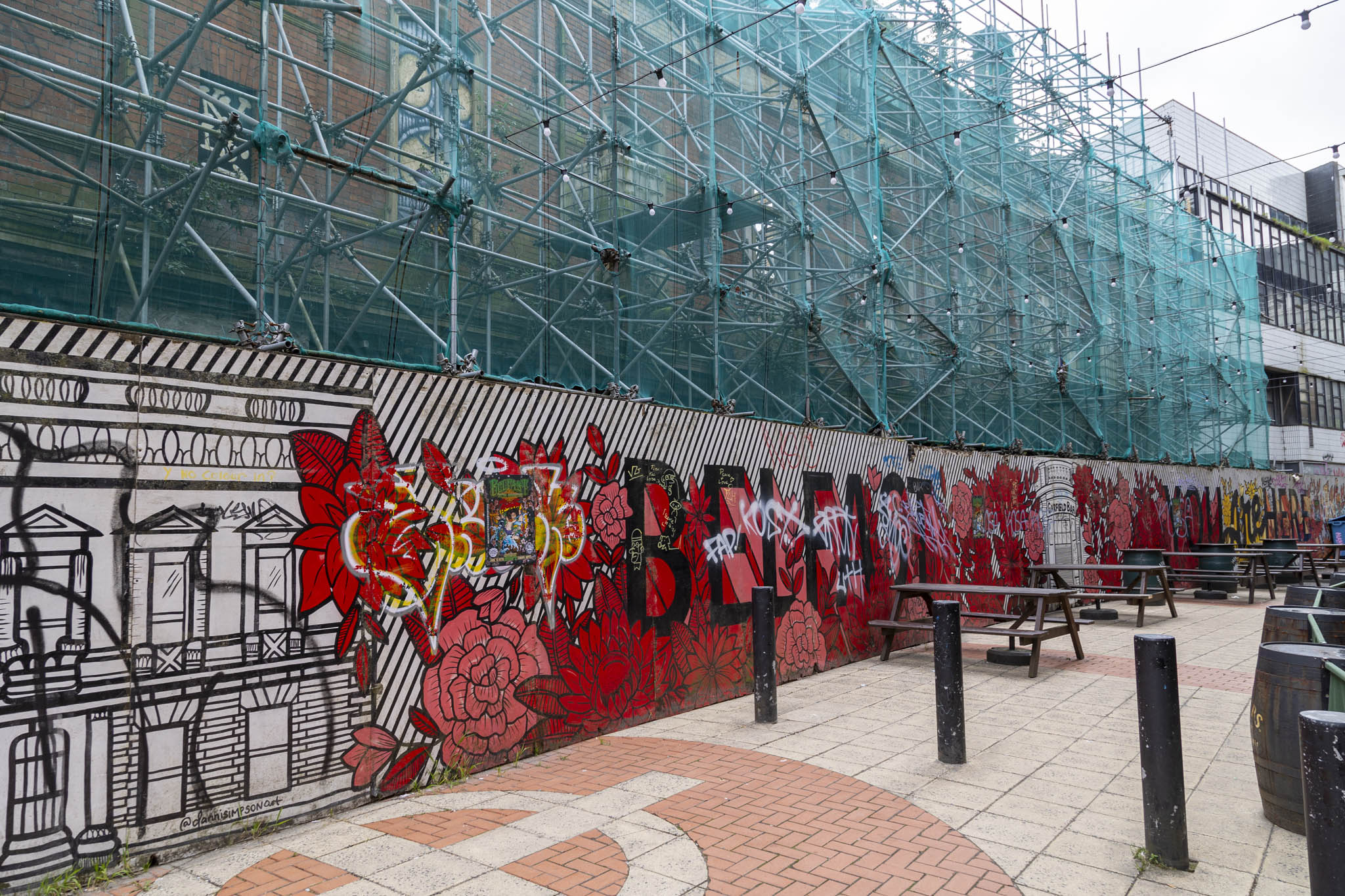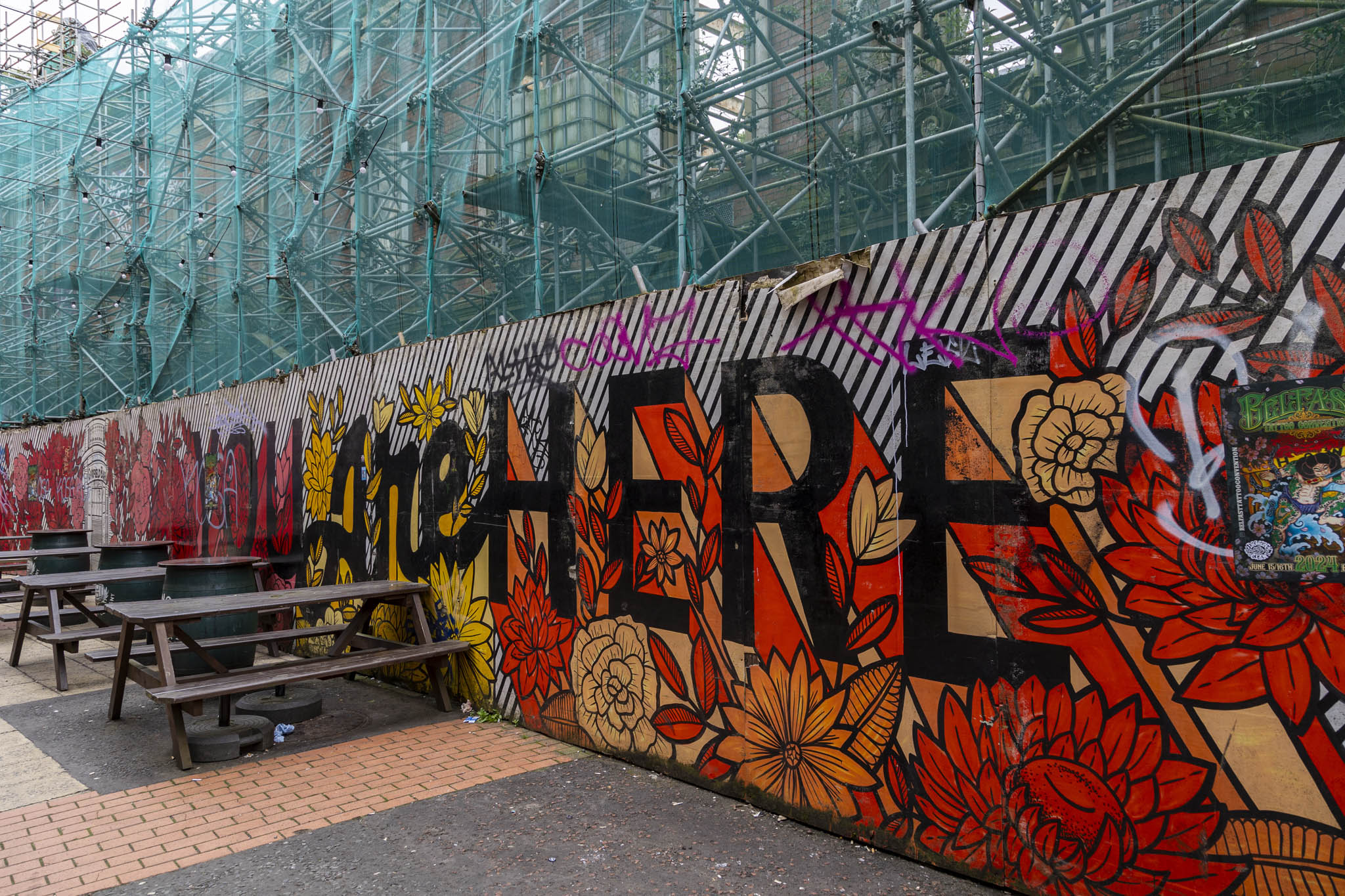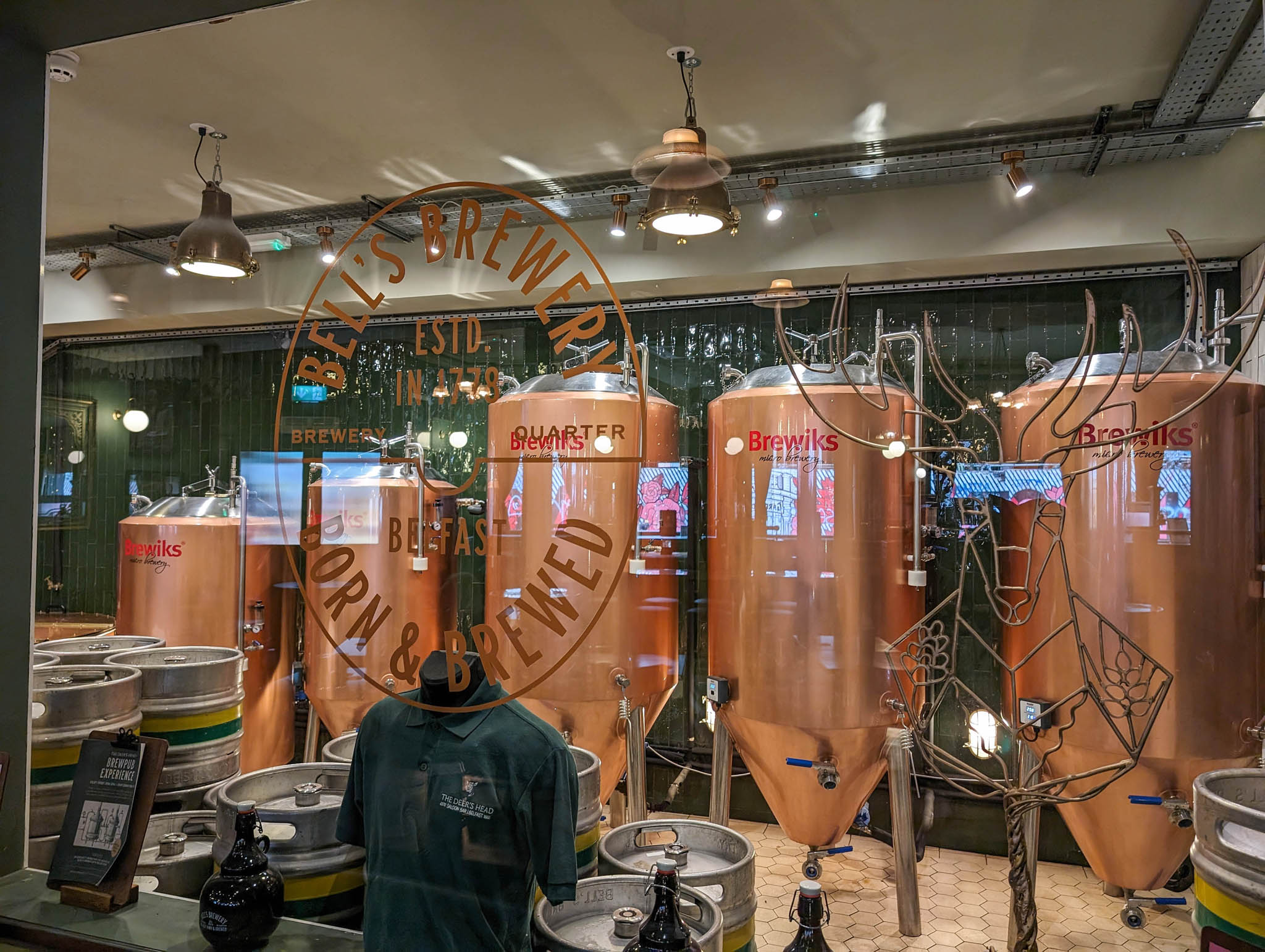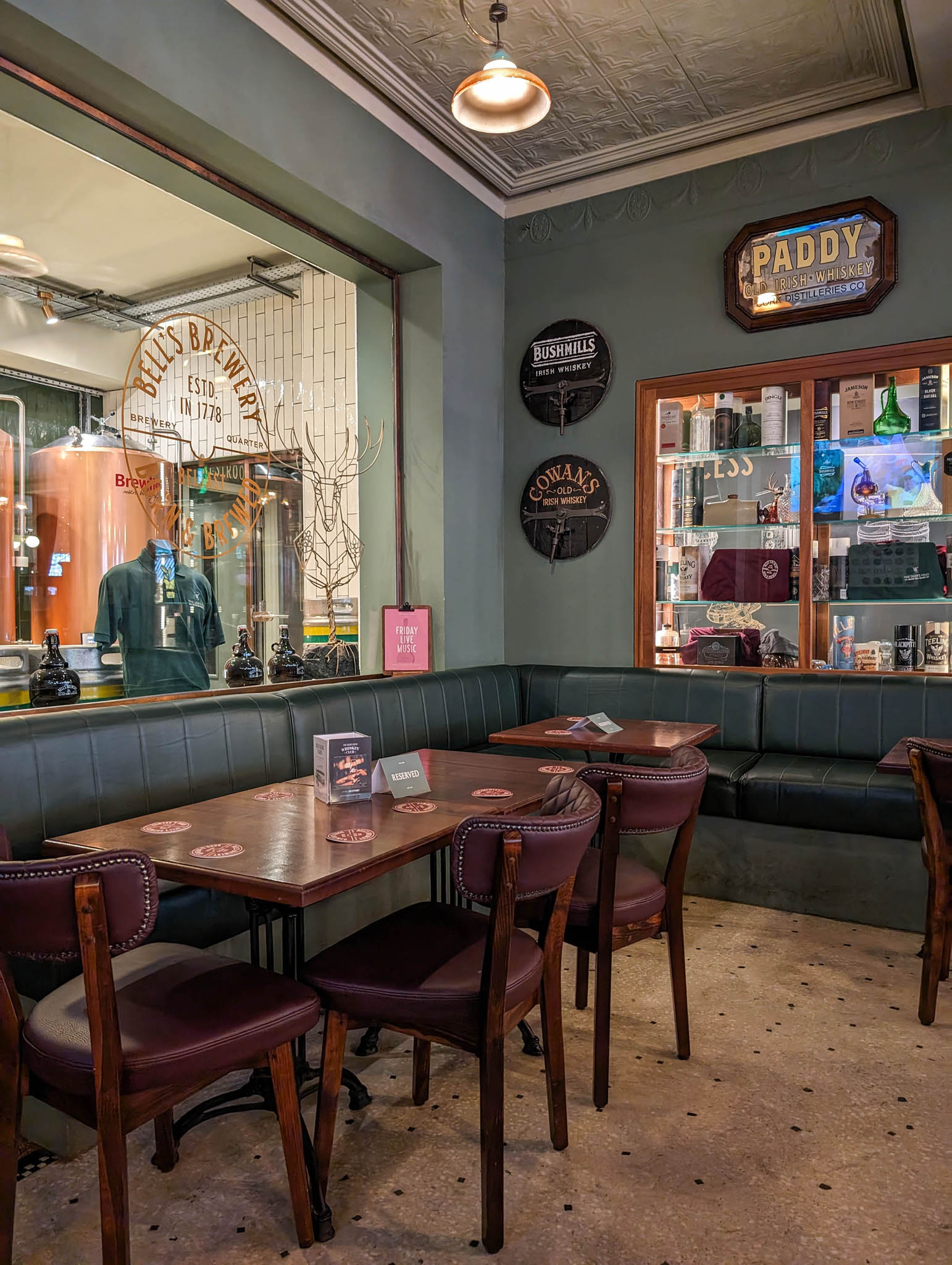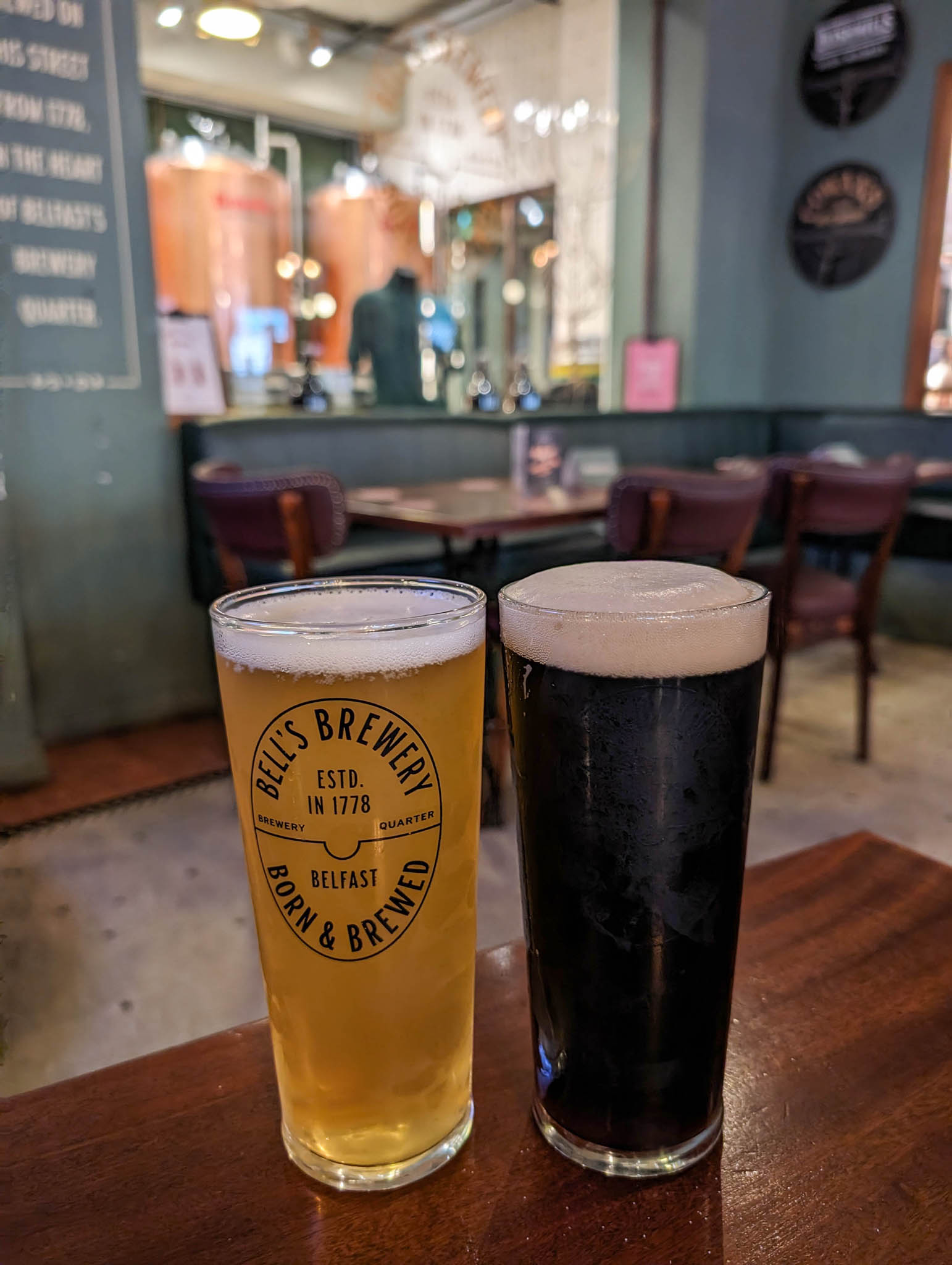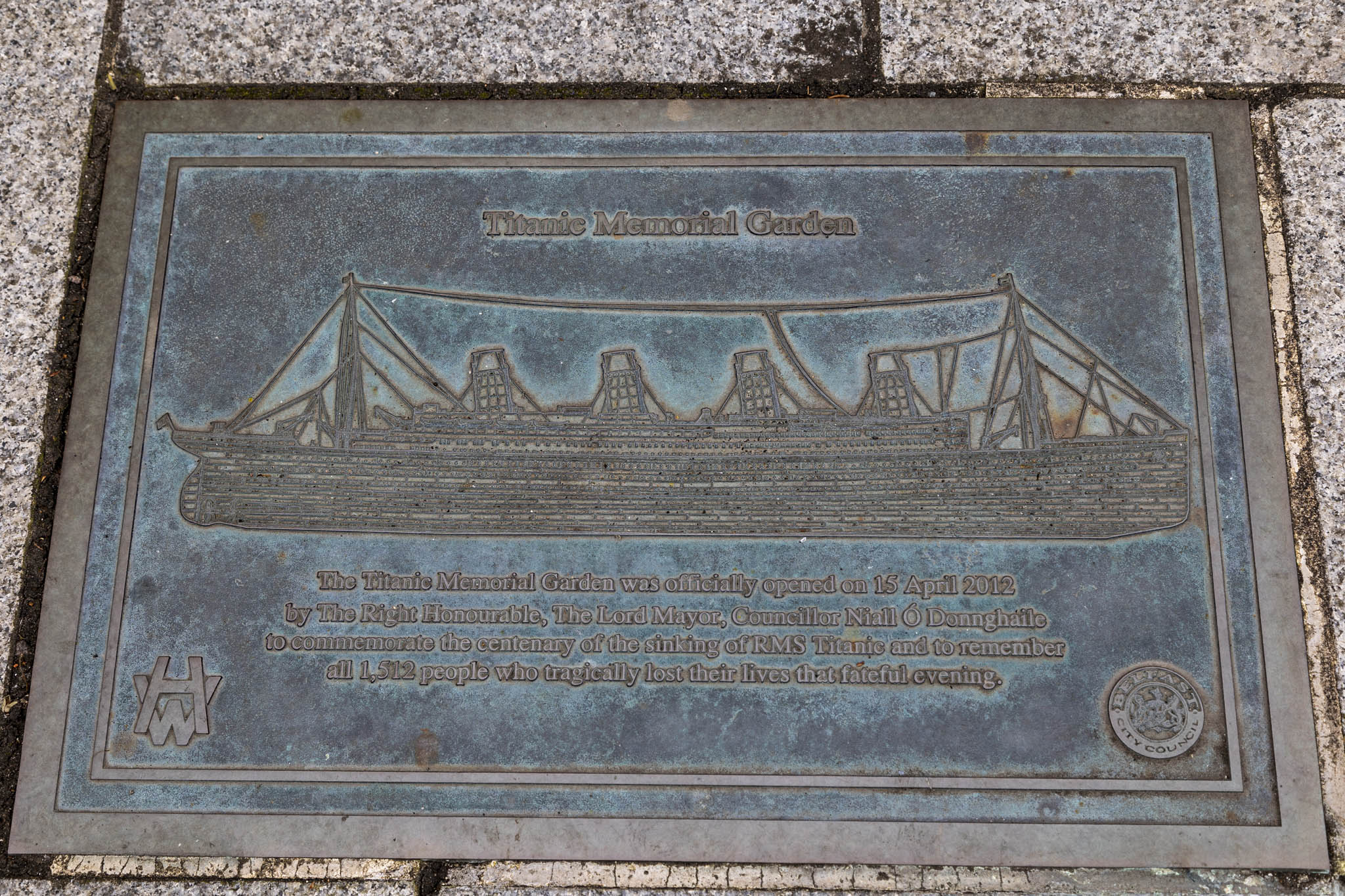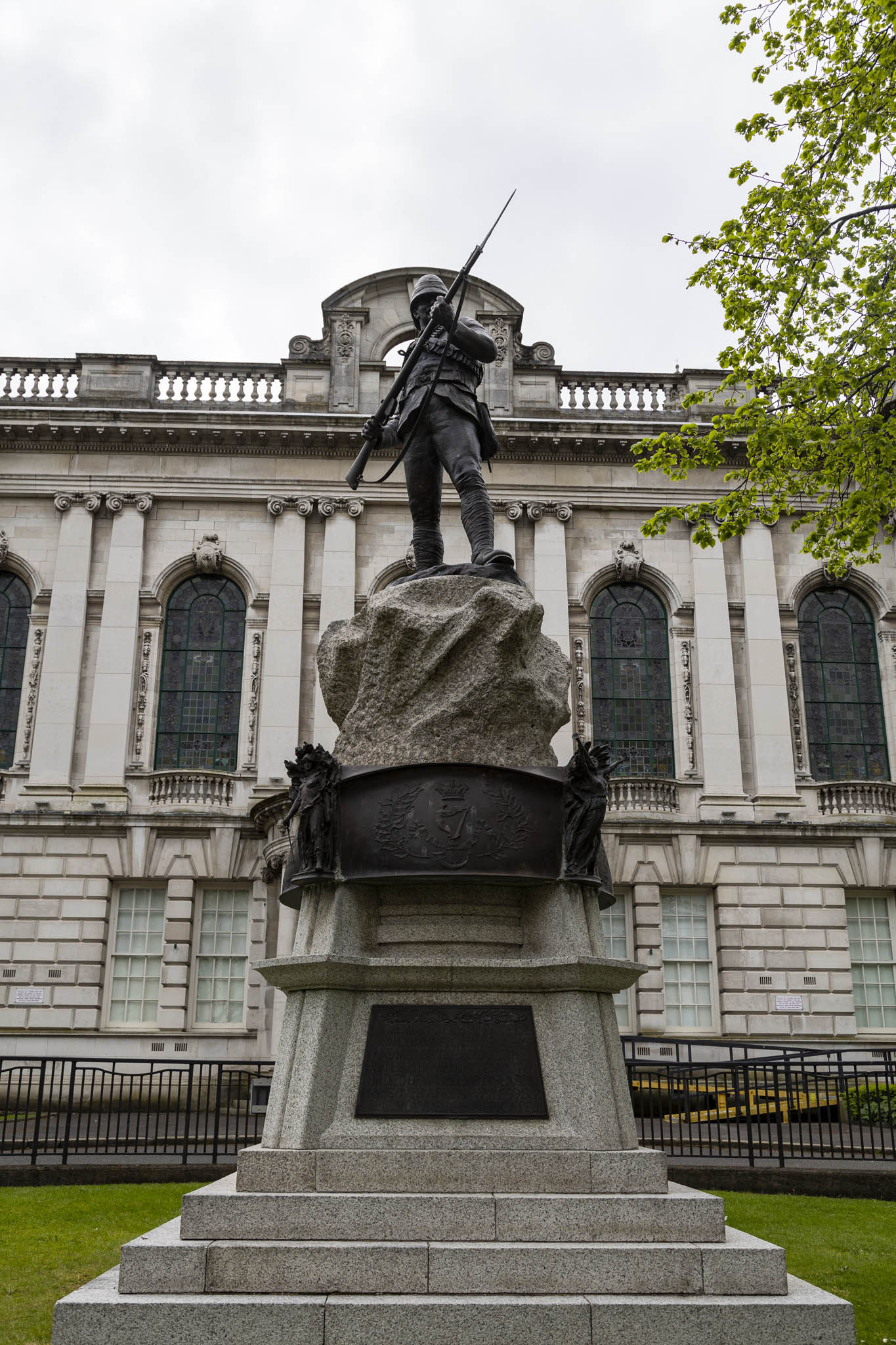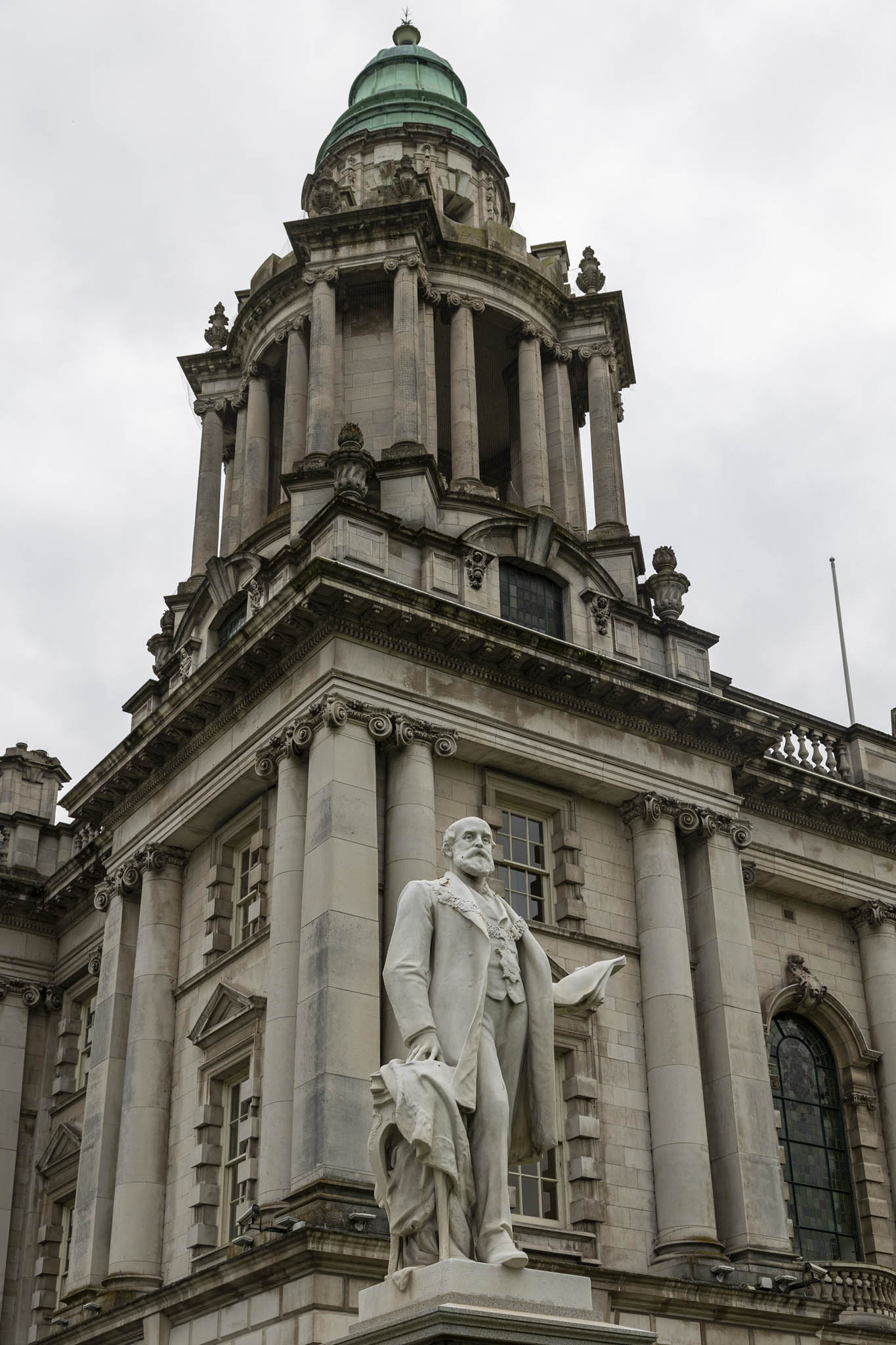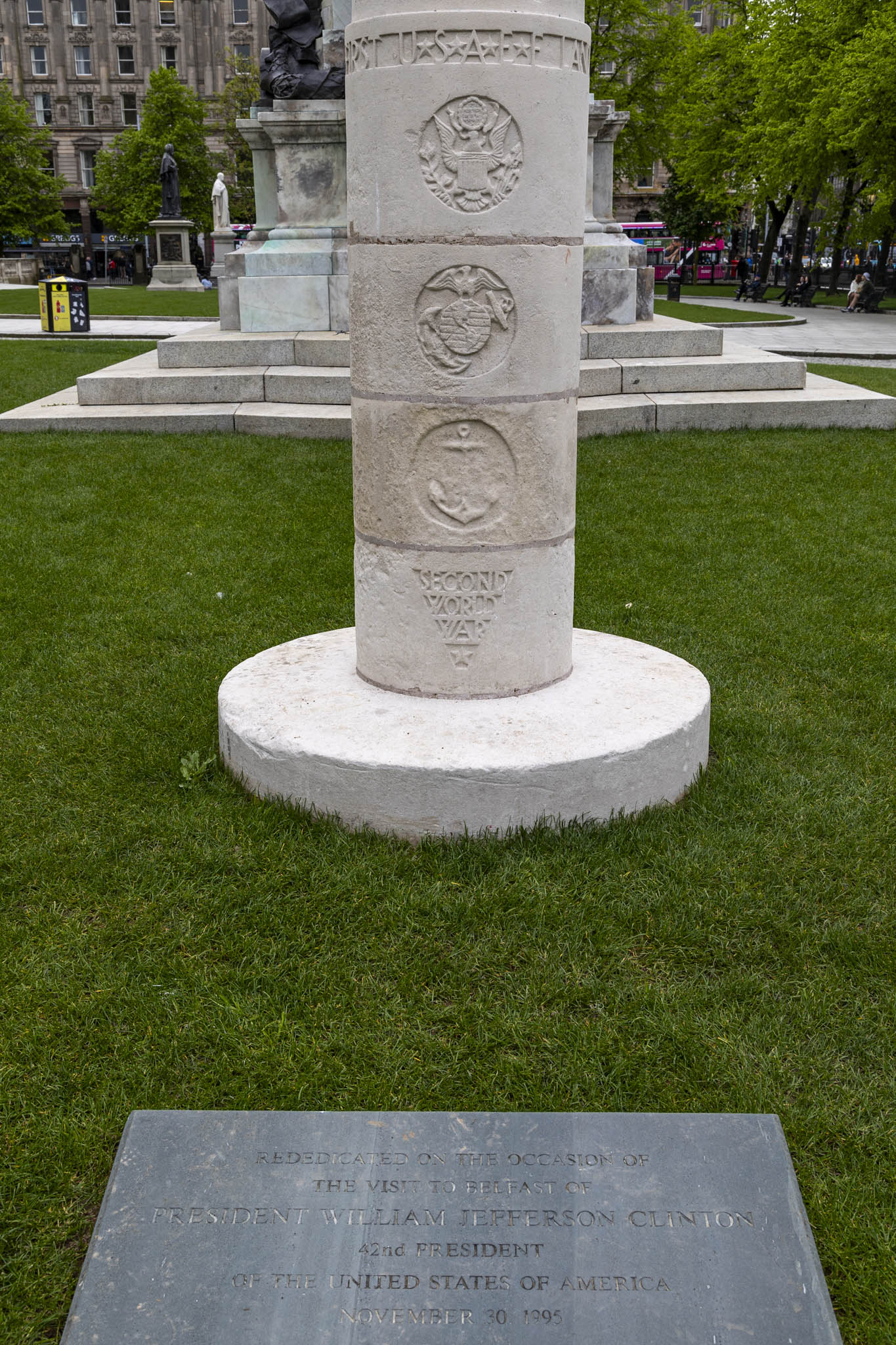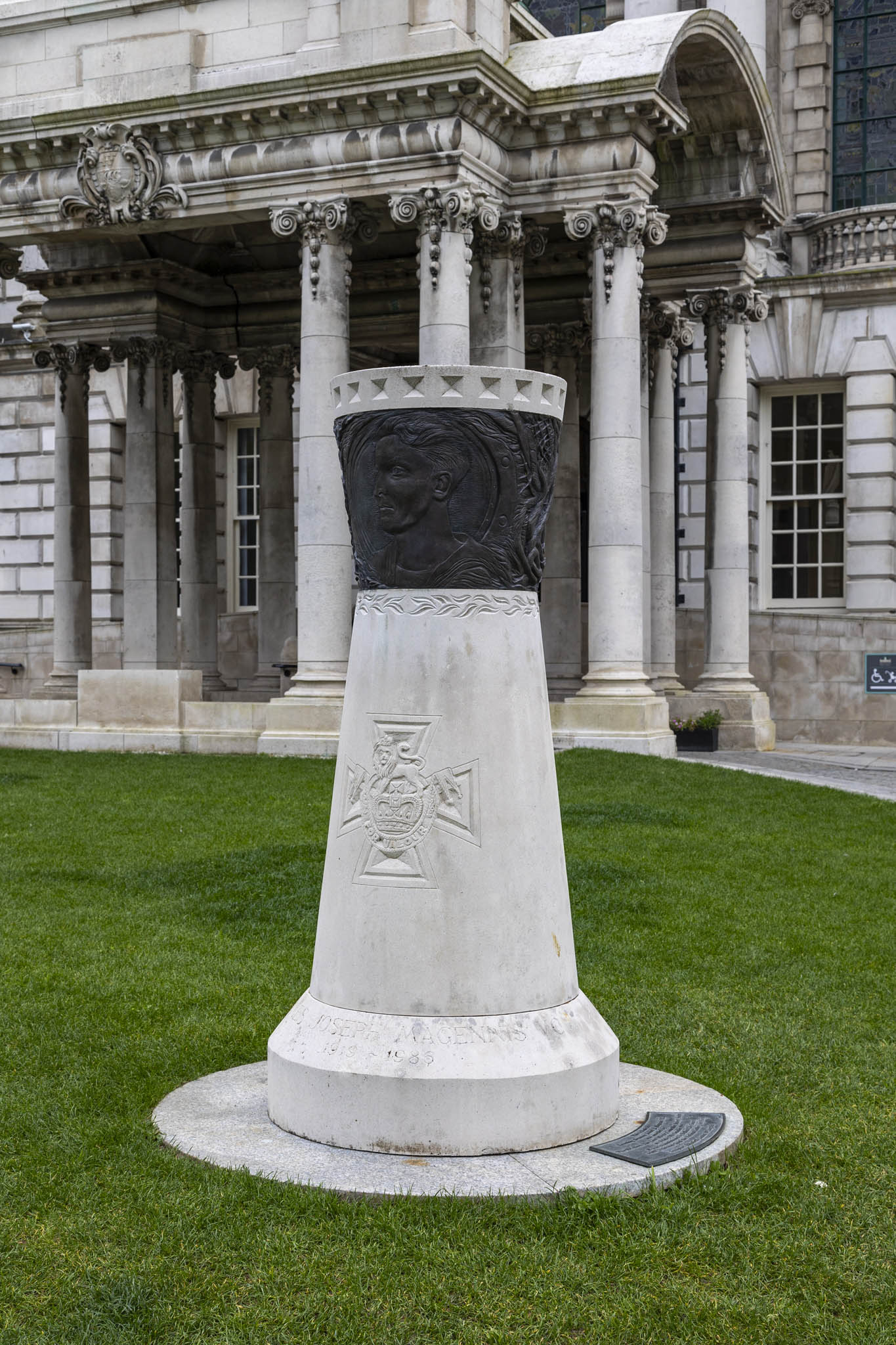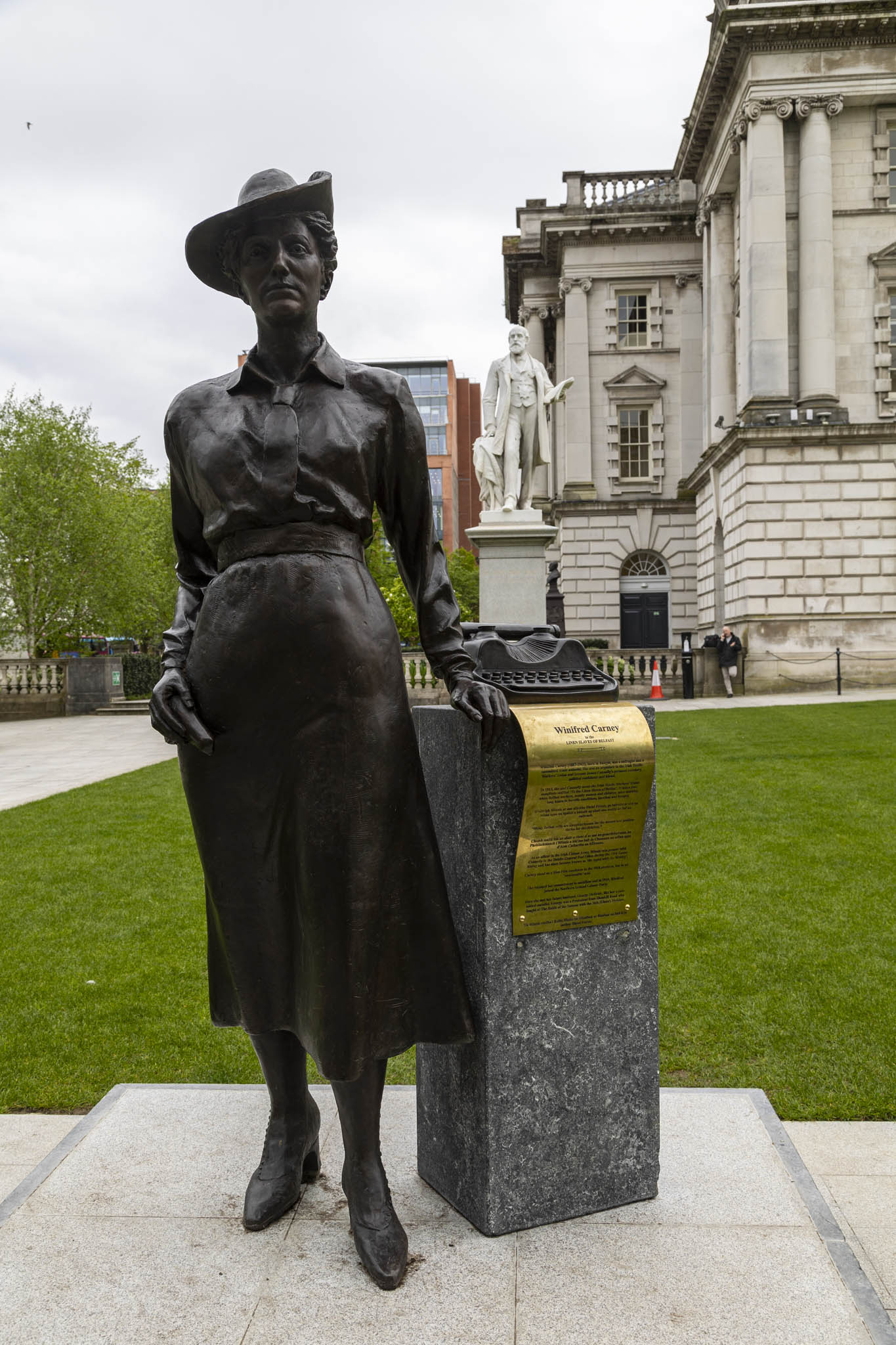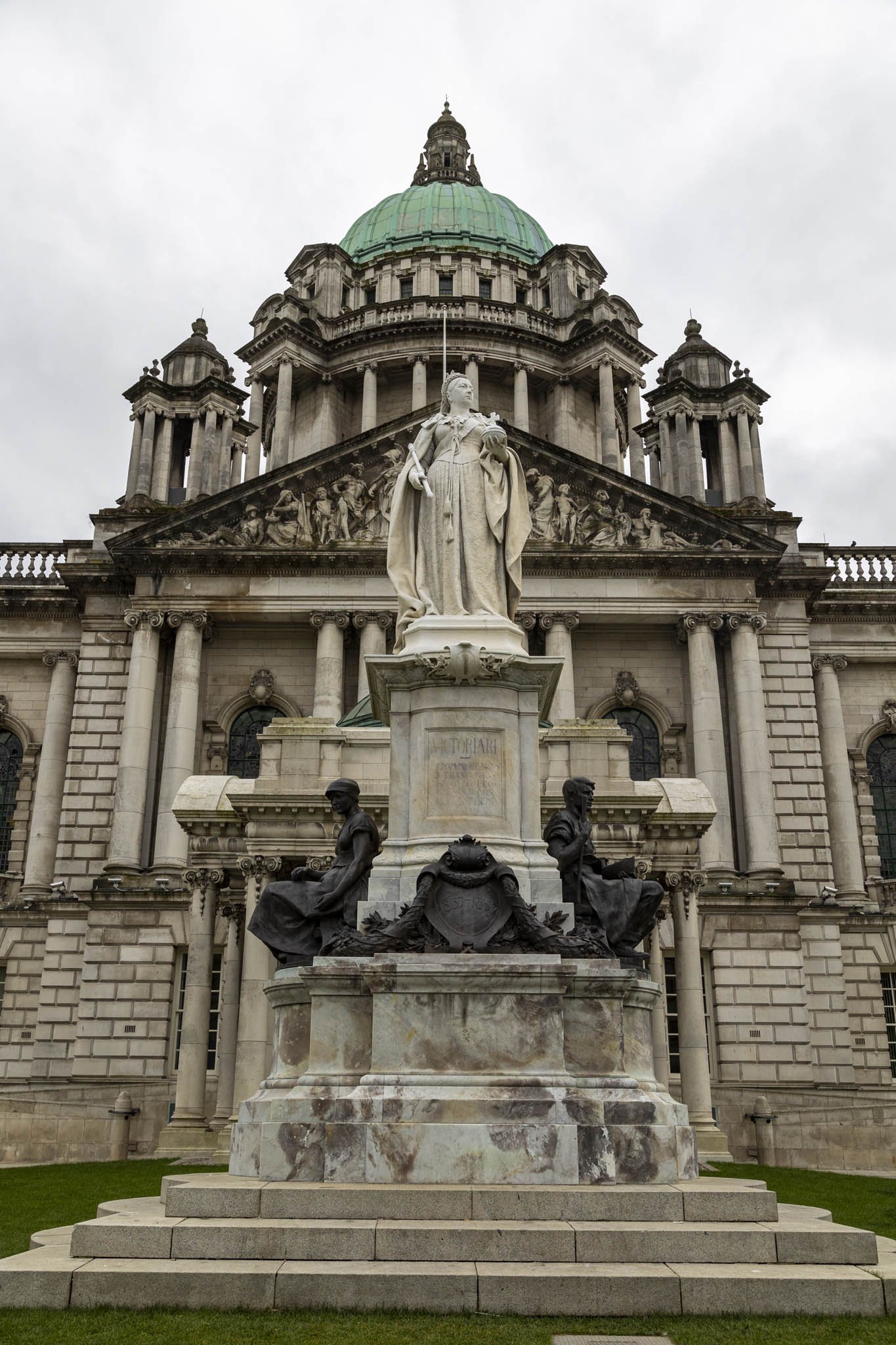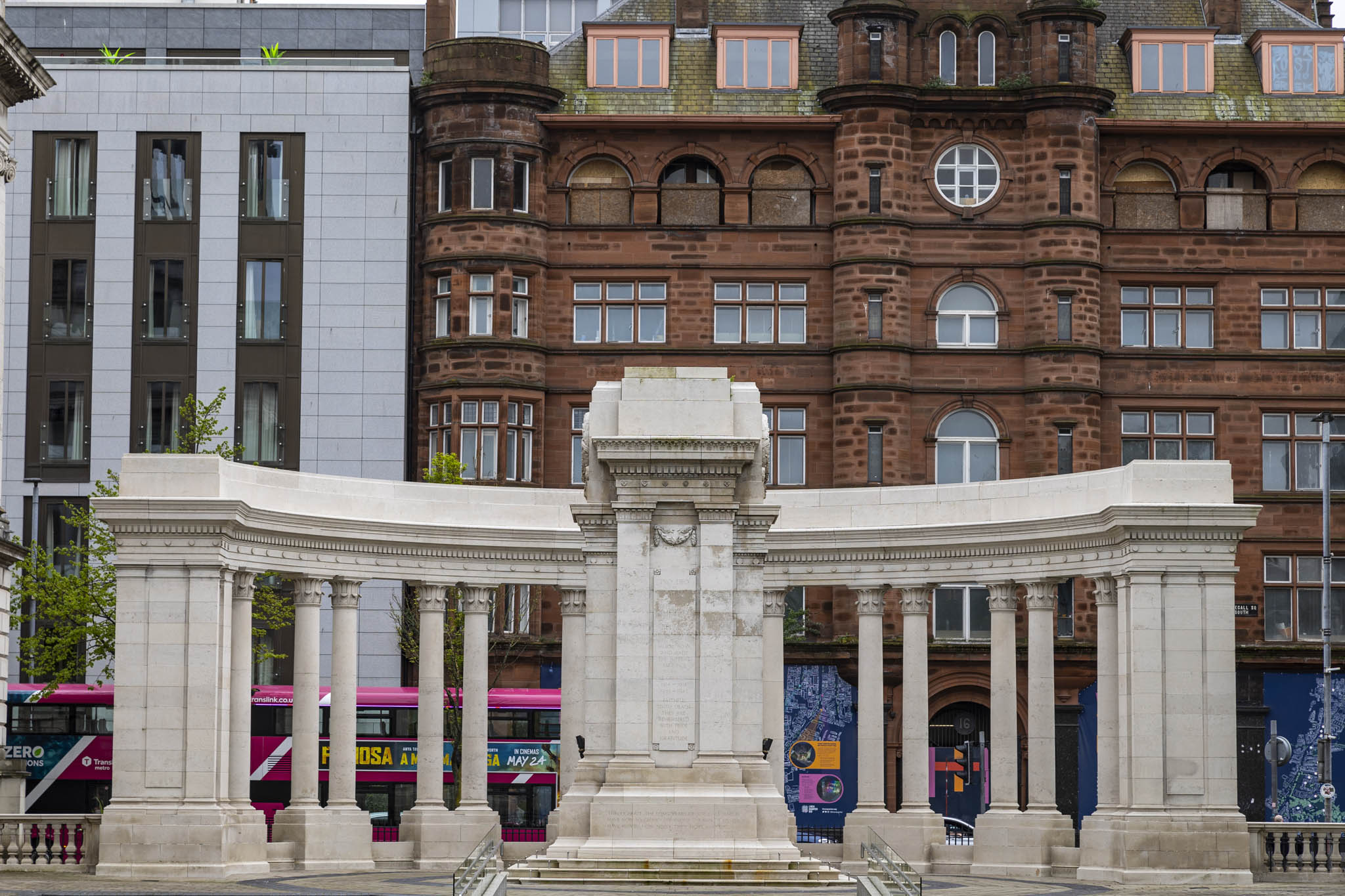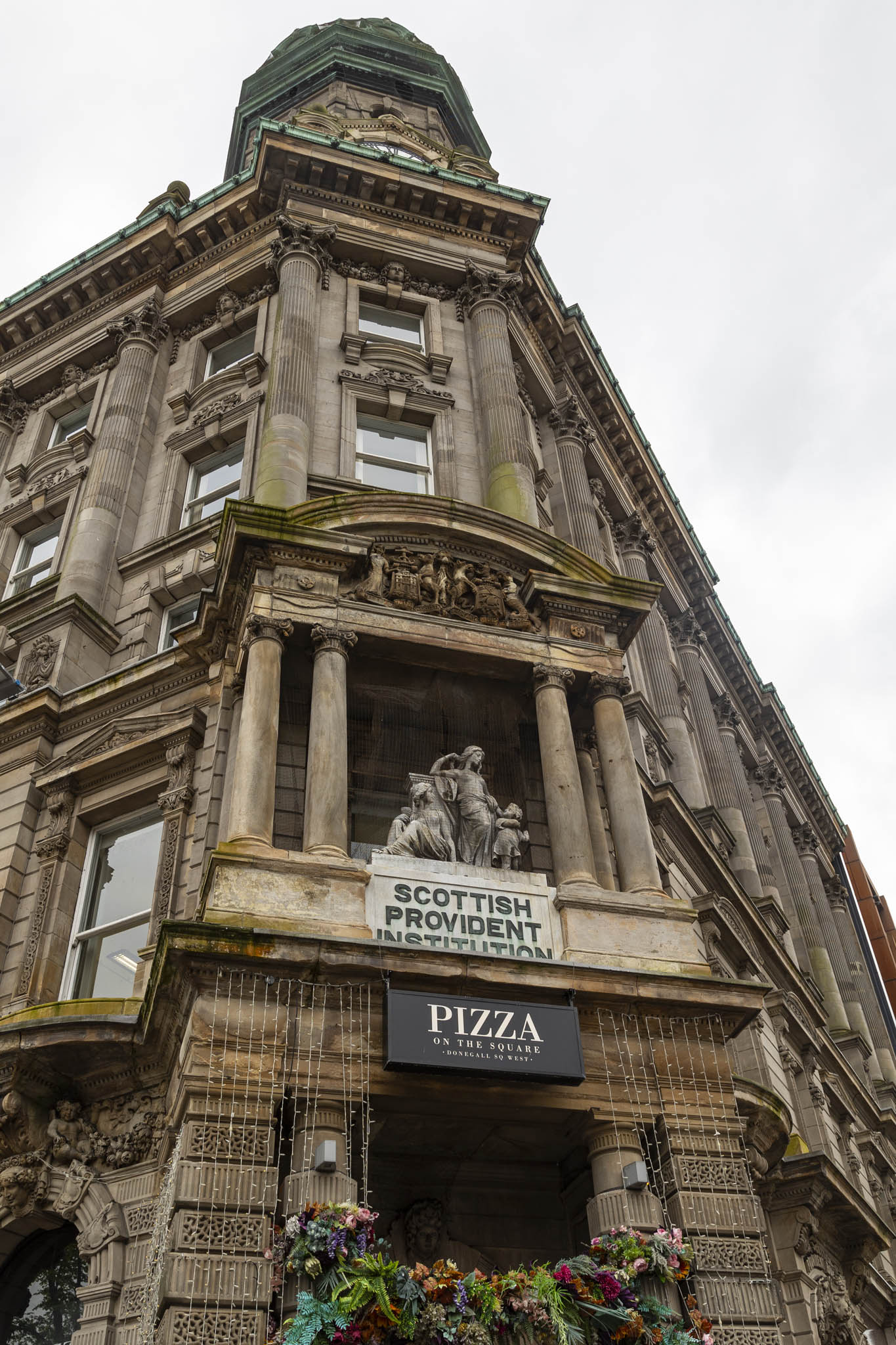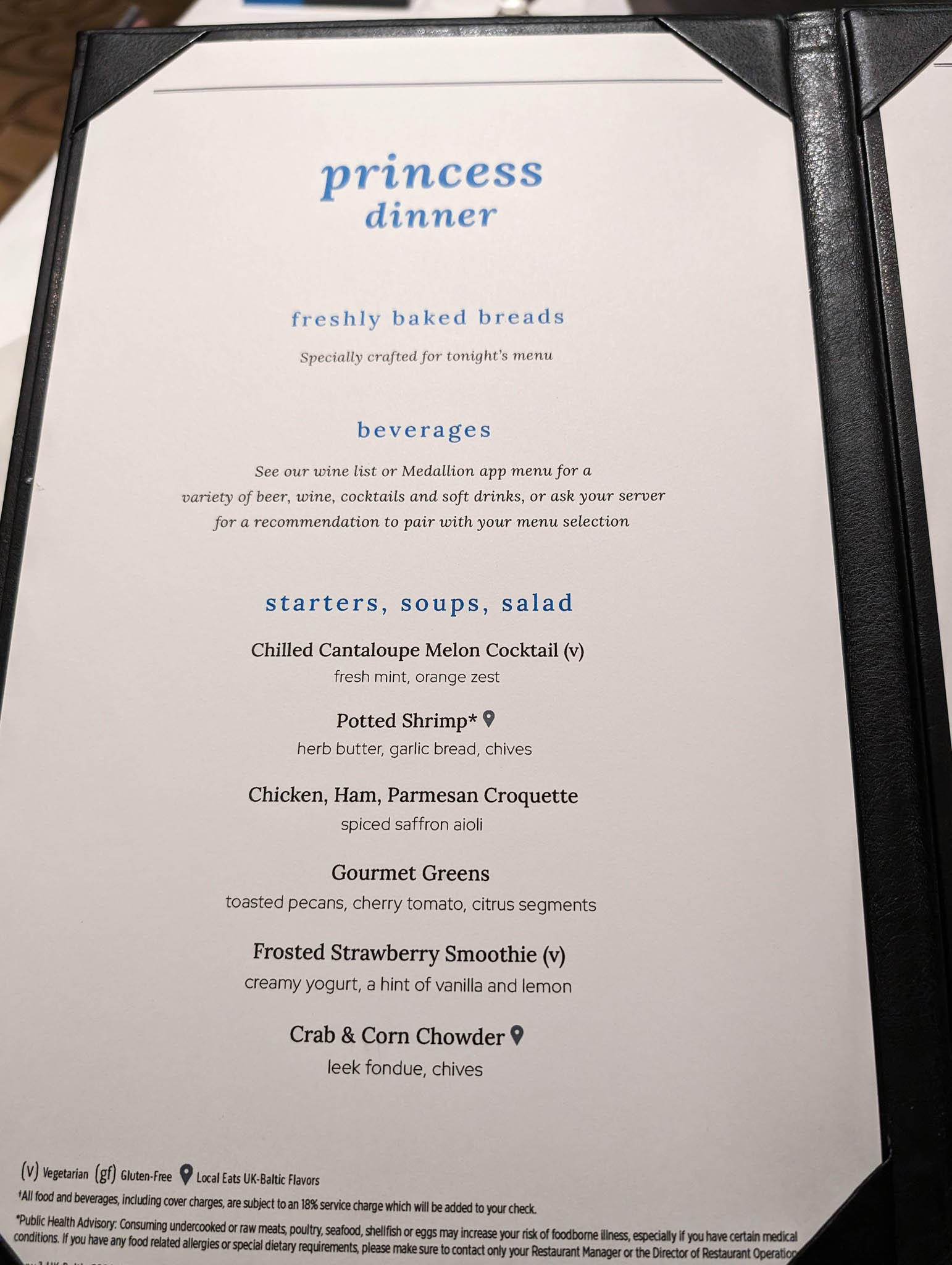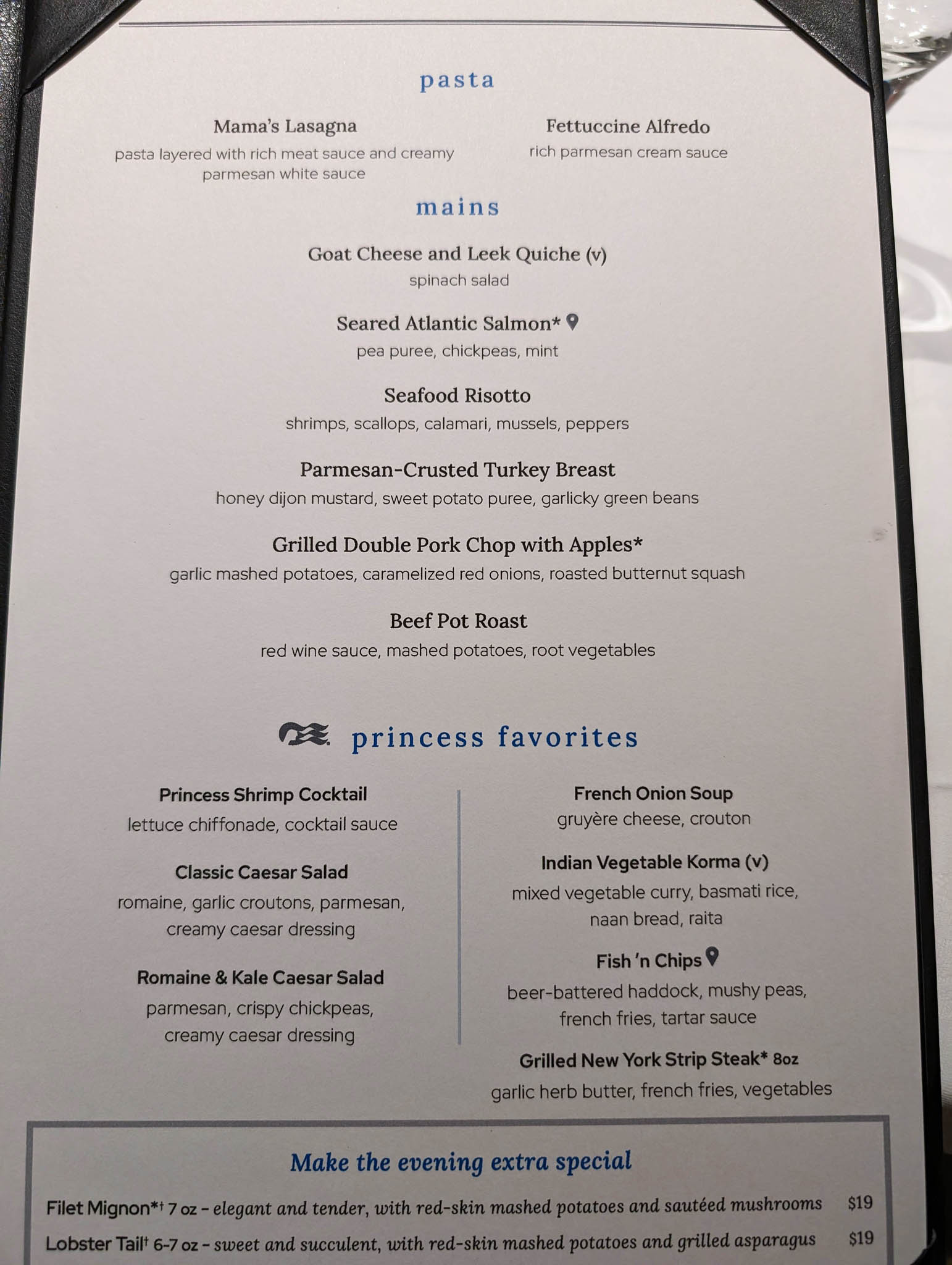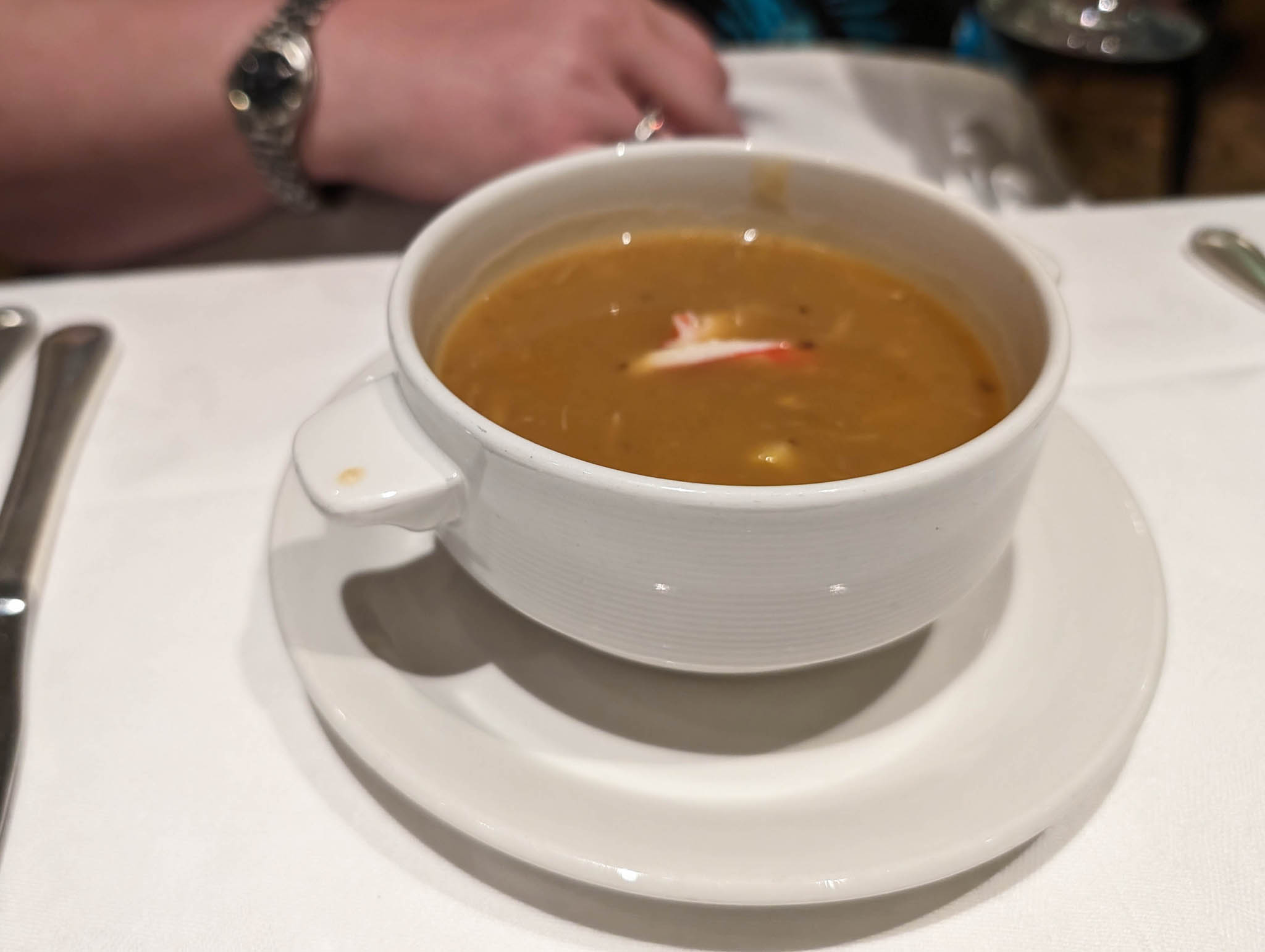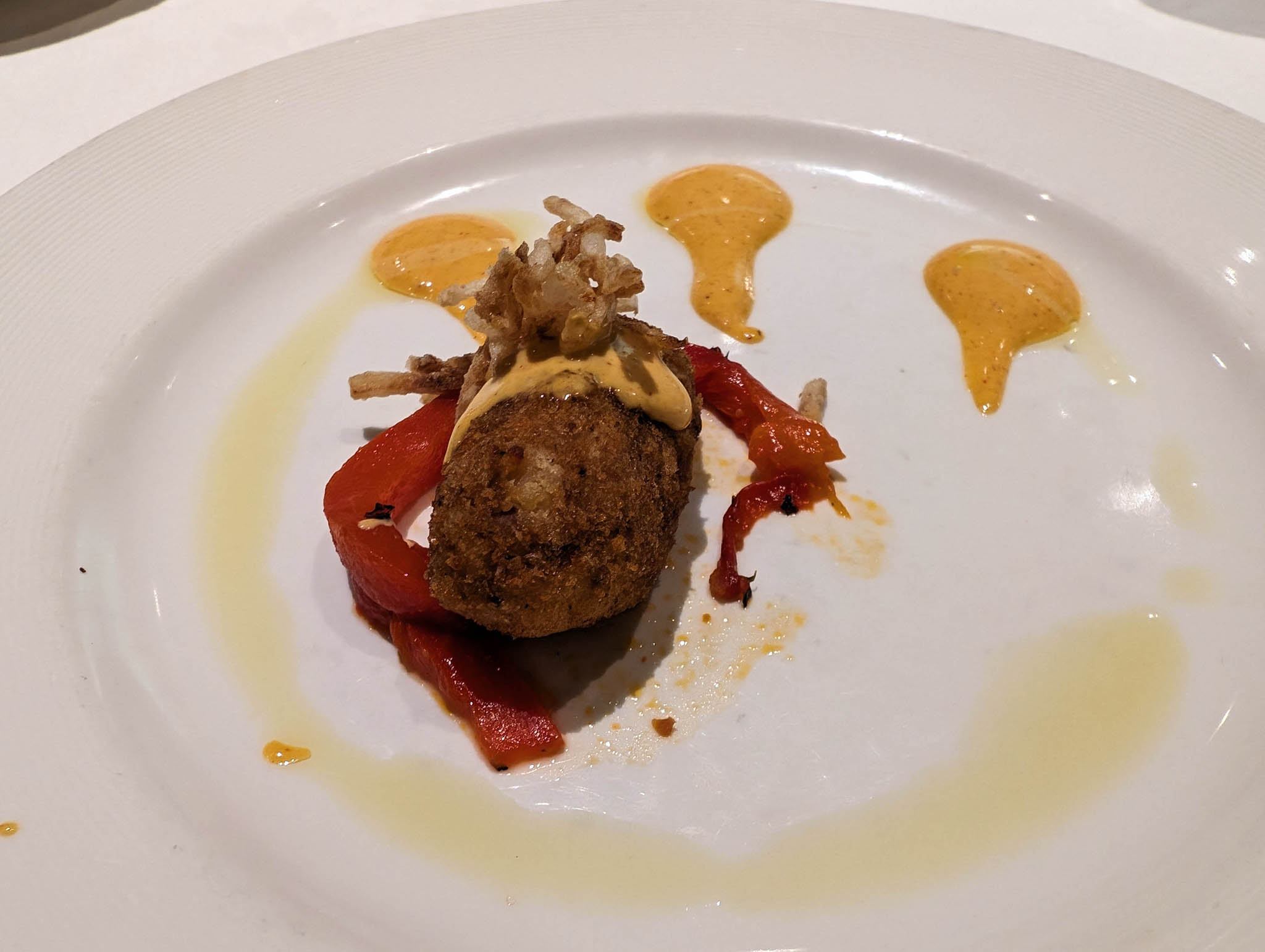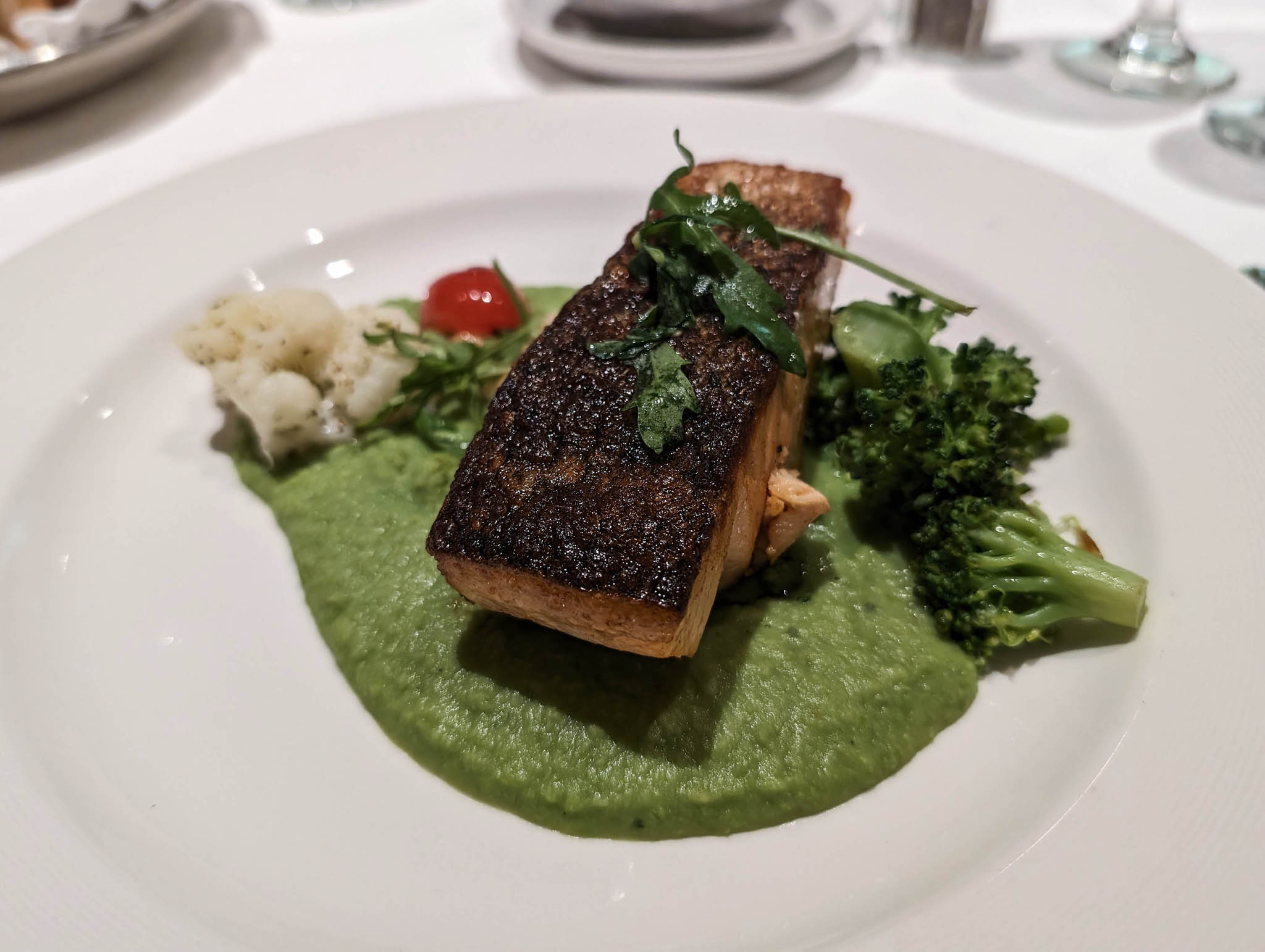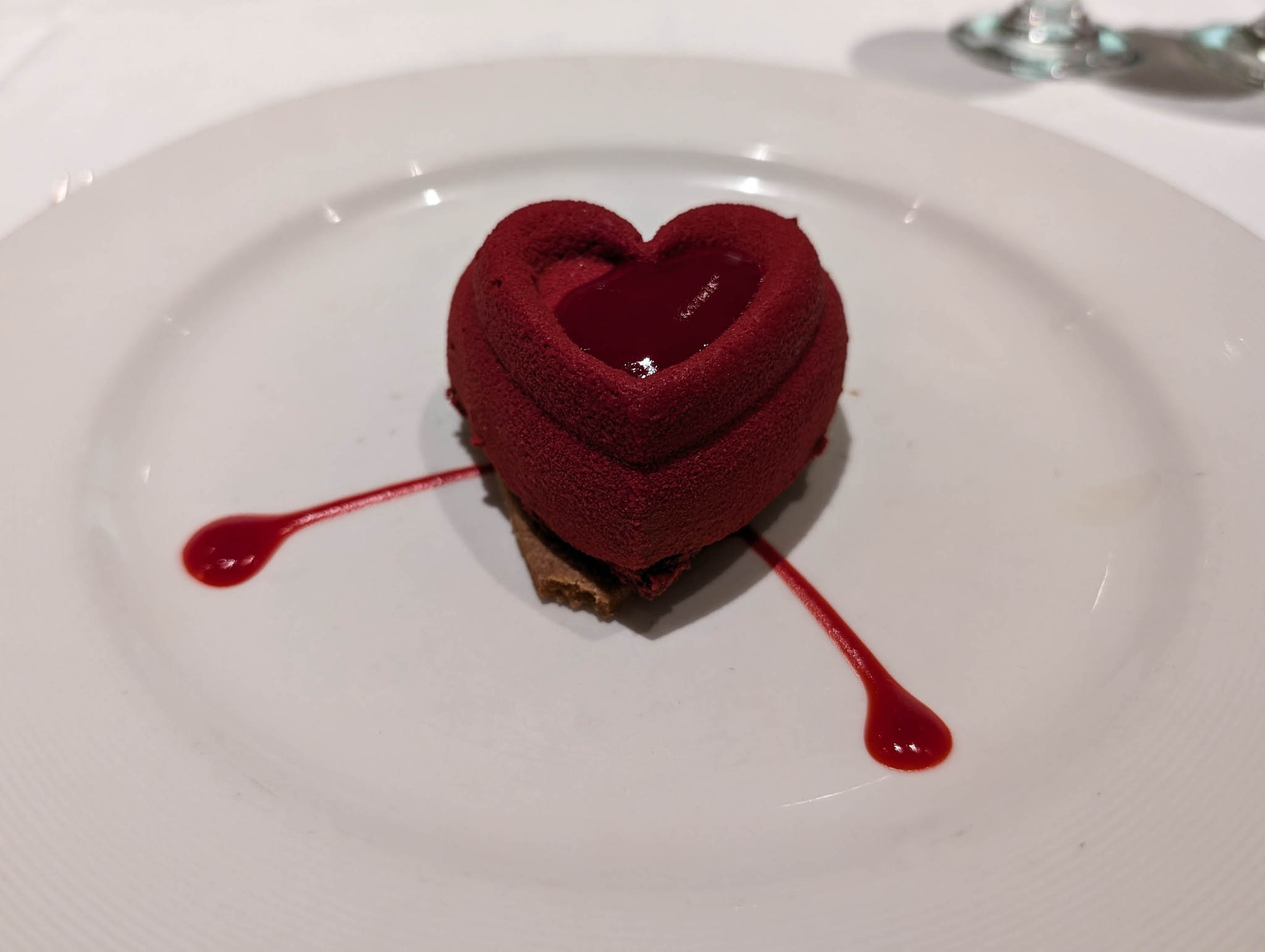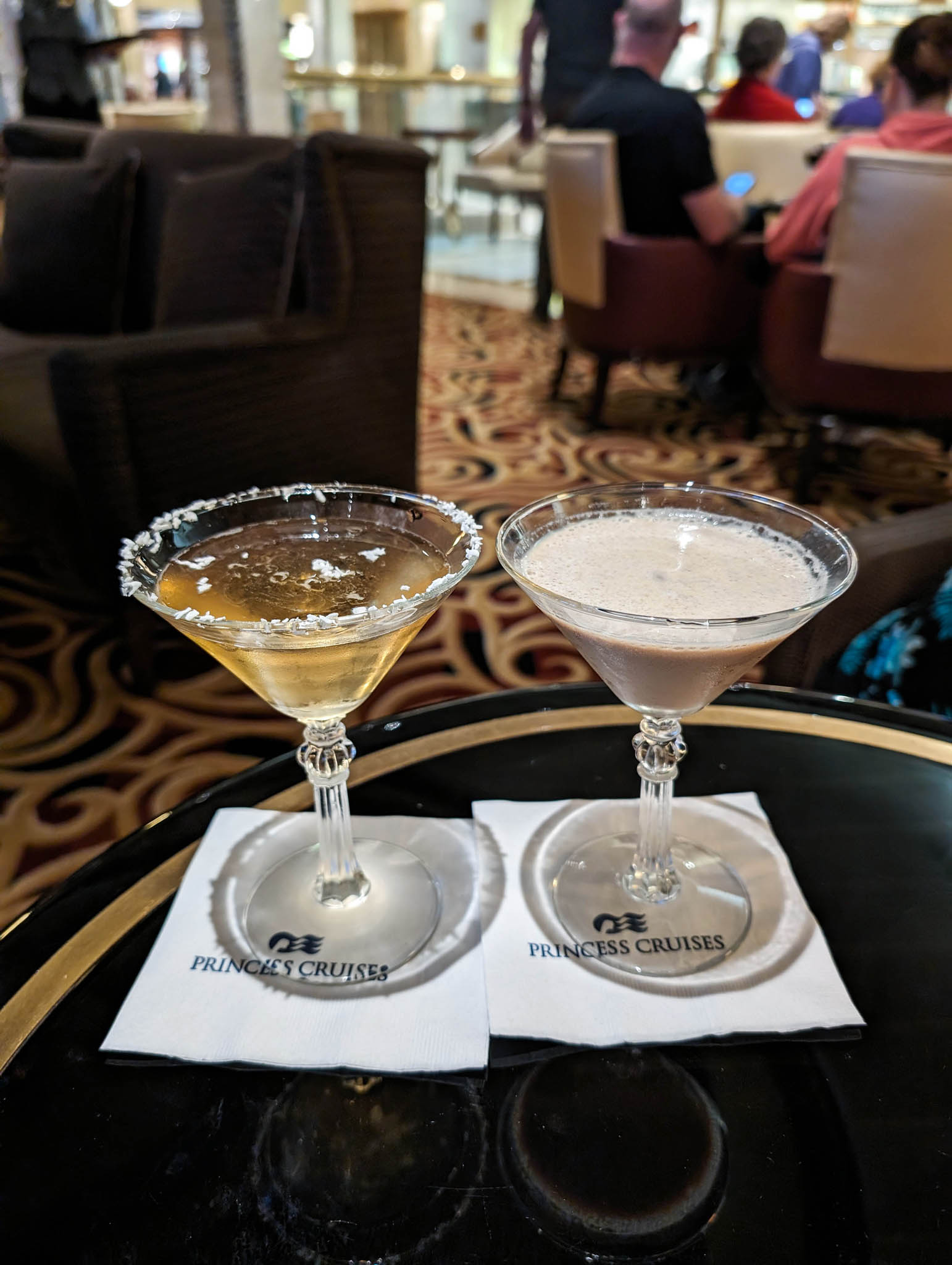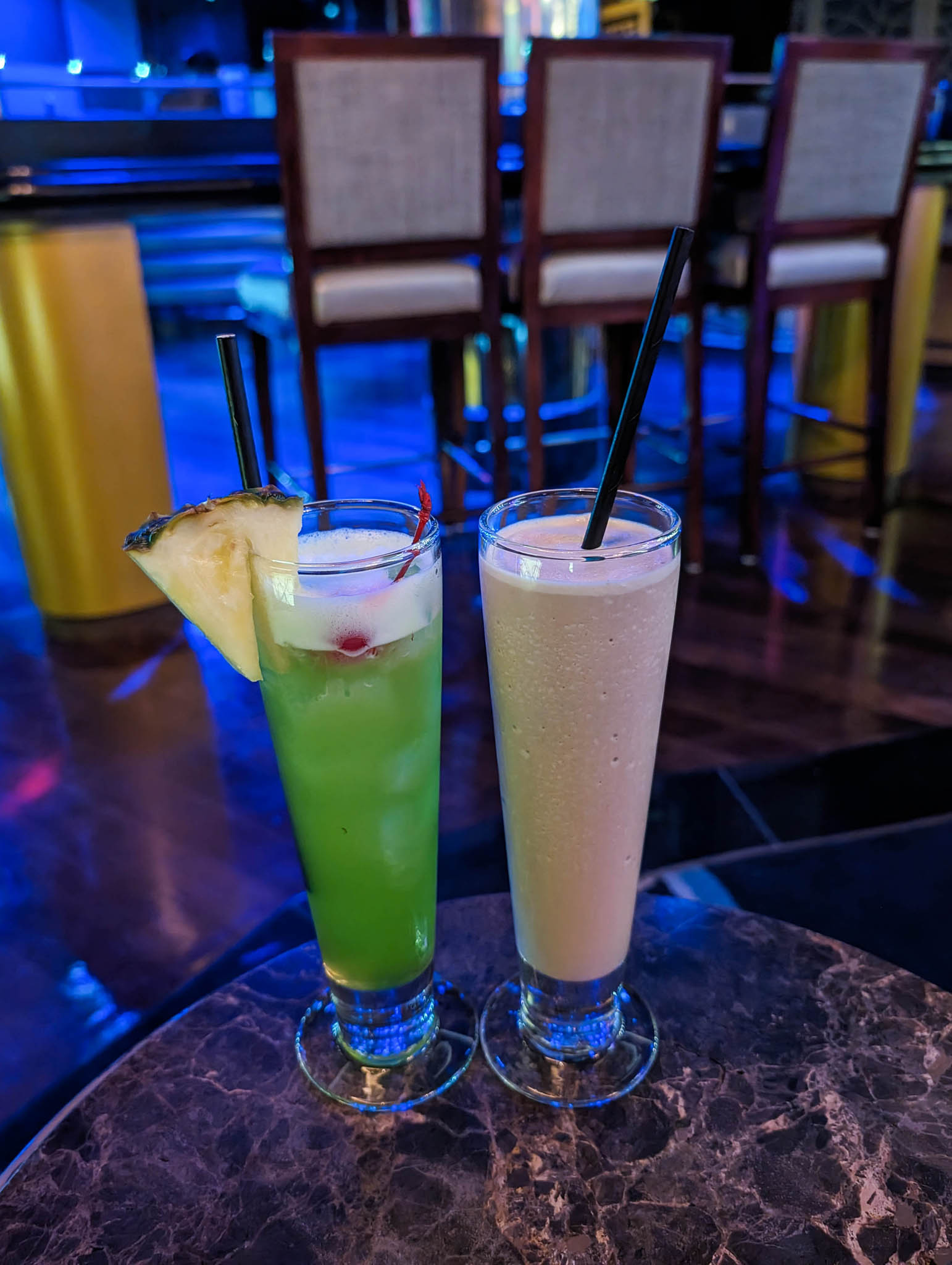The pickup point for the bus back to the cruise ship was just opposite Belfast City Hall and our roughly circular walking route that had seen us visit the Crumlin Road Gaol then take a look at the interface area street art near the Shankill Road brought us back to within sight of it fairly quickly but we still had plenty of time before the last shuttle back to the port (although we never leave it to the very last shuttle on account of being cowardly custards) and we had one other thing in mind first.
“Did it involve the drinking of beer?” you might be asking yourself if you’re at all familiar with us.
It did involve the drinking of beer. Give yourself a gold star.
But first there were some roads to navigate and these included the odd statue or sculpture here and there – Belfast likes them – and some more street art – Belfast likes that too – and we’re quite keen on the two things as well so photos were taken.
Of particular interest was the statue of Frederick Douglass, an escaped slave-turned-abolitionist and orator, who had been invited to tour Ireland in the 1840s, partly to ensure he stayed out of reach of his former owner who might try to retrieve his “property”. His life story is absolutely fascinating and well worth a read. This is the first statue of him to be erected in Europe.
The drinking establishment to which we were headed, and where we had a couple of very nice pints in lovely surroundings, was Bell’s Brewery. We will always try to find local craft ale brewers whenever we travel. The place had a good range and was very spacious with the fermenters on show and some memorabilia on display too.
After resting our feet and treating our taste buds we made our way to where the shuttle bus would be, but with still a bit more time to spare and with no idea when we might be back in this part of the world we took in a circuit of the outside of Belfast City Hall. Did I mention that Belfast likes statues? I did!? Well, it really likes statues and you can find a lot in the grounds of the administrative building.
Construction of the city hall was started at the tail end of the nineteenth century, not being completed until 1906, and the decision to build an administrative headquarters of this size was due to Belfast being awarded city status in 1888 by Queen Victoria and it being felt by the new city’s councillors that something grander than that already in use was needed. The building therefore incorporates some elements that are early Edwardian but with a lot of Baroque touches too.
It was interesting to see a plaque marking a memorial garden for the Titanic’s victims in the grounds of City Hall as this was the second one we’d seen on this cruise, having walked to one in Cobh in the Republic of Ireland.
Below you can see some of the other statues and memorials erected around Belfast City Hall.
Pictured first is a memorial to the soldiers who fought and lost their lives in the Second Boer War and a bust of William Pirrie, who, amongst other non-cruise-related notable achievements, was on record during his chairmanship of Harland & Wolff shipbuilders of saying that the Olympic-class ships (Olympic, Britannic, and Titanic) were unsinkable and that the small number of lifeboats on them were there to help others. Ah.
James Horner Haslett was a politician, an MP representing the city in the House of Commons first for Belfast West then for Belfast North, and served as mayor of Belfast for two years in the late 1880s.
The USA Expeditionary Force Memorial commemorates the arrival of American troops in Belfast in 1942. The only Victoria Cross recipient from Northern Ireland in World War II, James Joseph Magennis, gets a monument too. His cross was awarded for a successful if arduous limpet mine-planting task on a Japanese cruiser.
Unveiled just a couple of months before our visit to Belfast there were two statues to two female political activists, Mary Ann McCracken (abolitionist) and Winifred Carney (suffragist).
Of course, Victoria got herself a prime piece of central real estate for her statue although she didn’t live long enough to see it.
And finally, the Cenotaph.
We admired a little of the other architecture surrounding Belfast City Hall but at this time we saw a shuttle bus arrive, boarded it, and were soon on our way back to the ship.
To conclude this post and our visit to Belfast – a visit that had been far more interesting than Dublin, it would be fair and easy to say – here are some photos of dinner aboard Regal Princess in the evening and a couple of cocktails we availed ourselves of as we enjoyed some of the entertainment on the ship during its overnight sailing away from Northern Ireland.
In the next post in this Regal Princess British Isles cruise series I’ll cover the start of our day docked in Greenock, Scotland where we spend absolutely no time there at all and head off to look at Stirling Castle instead.
